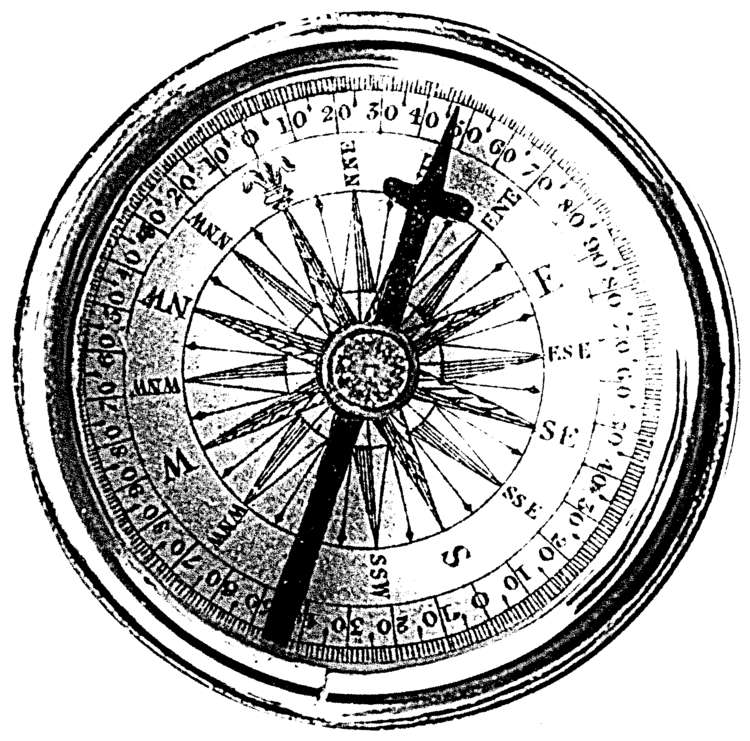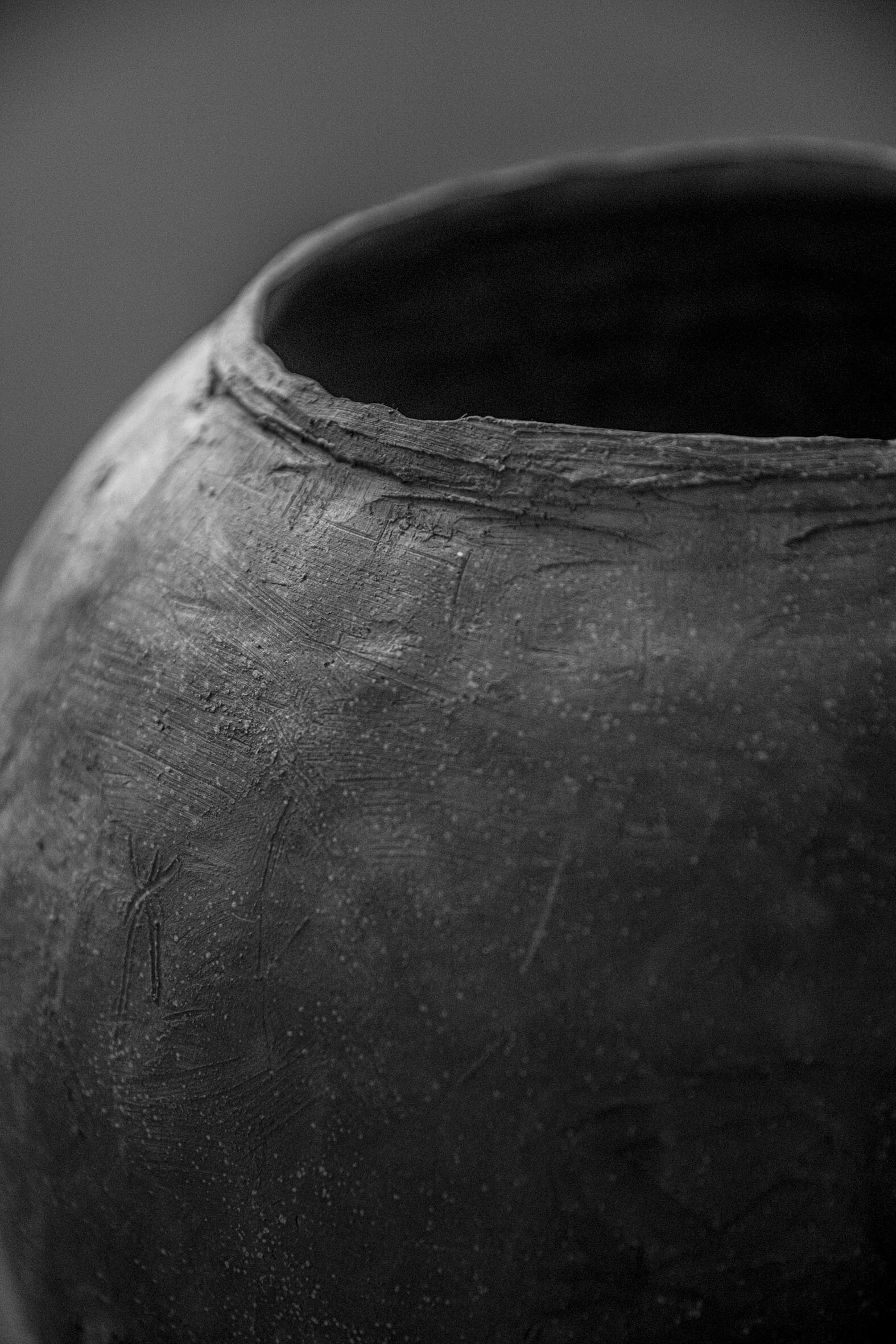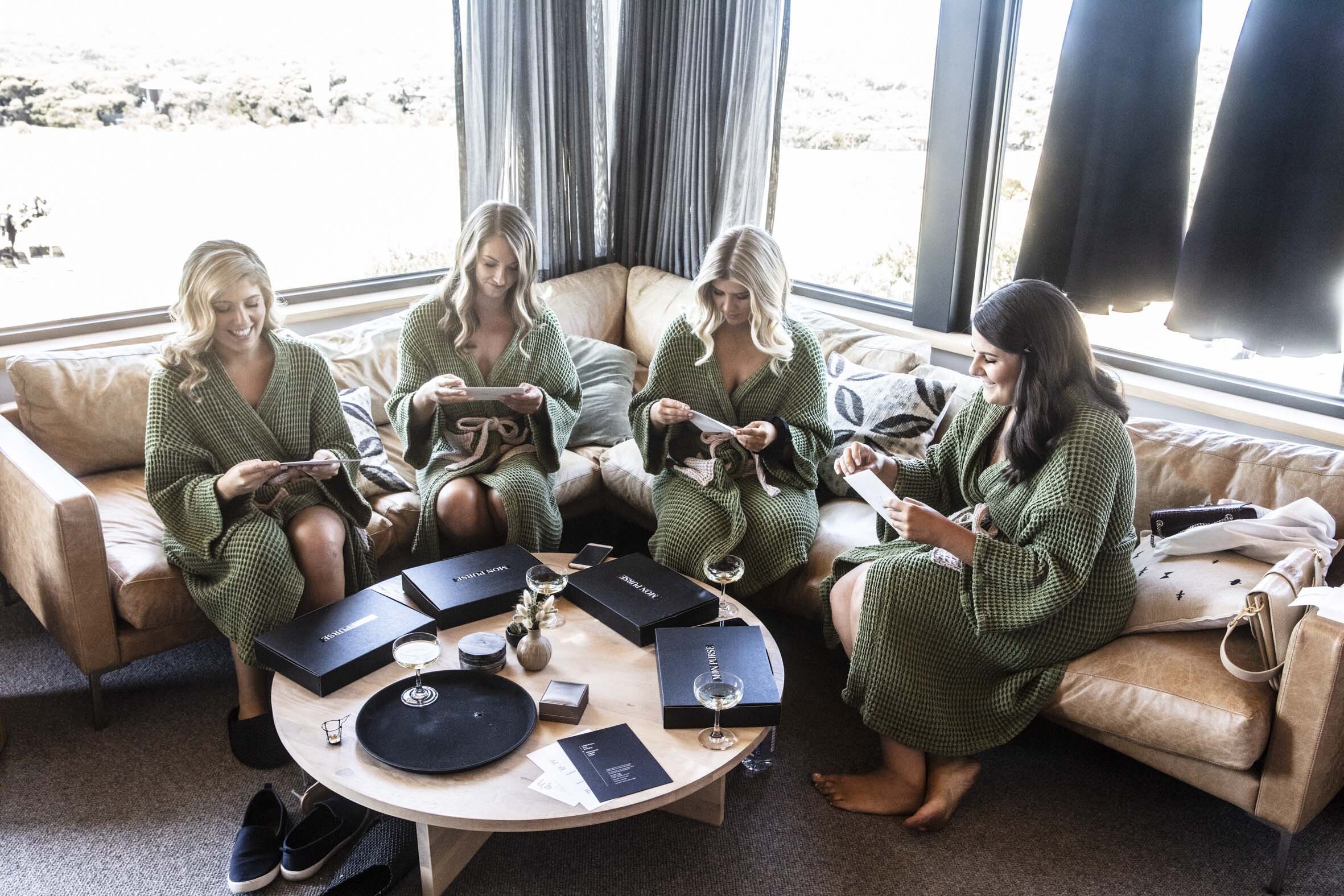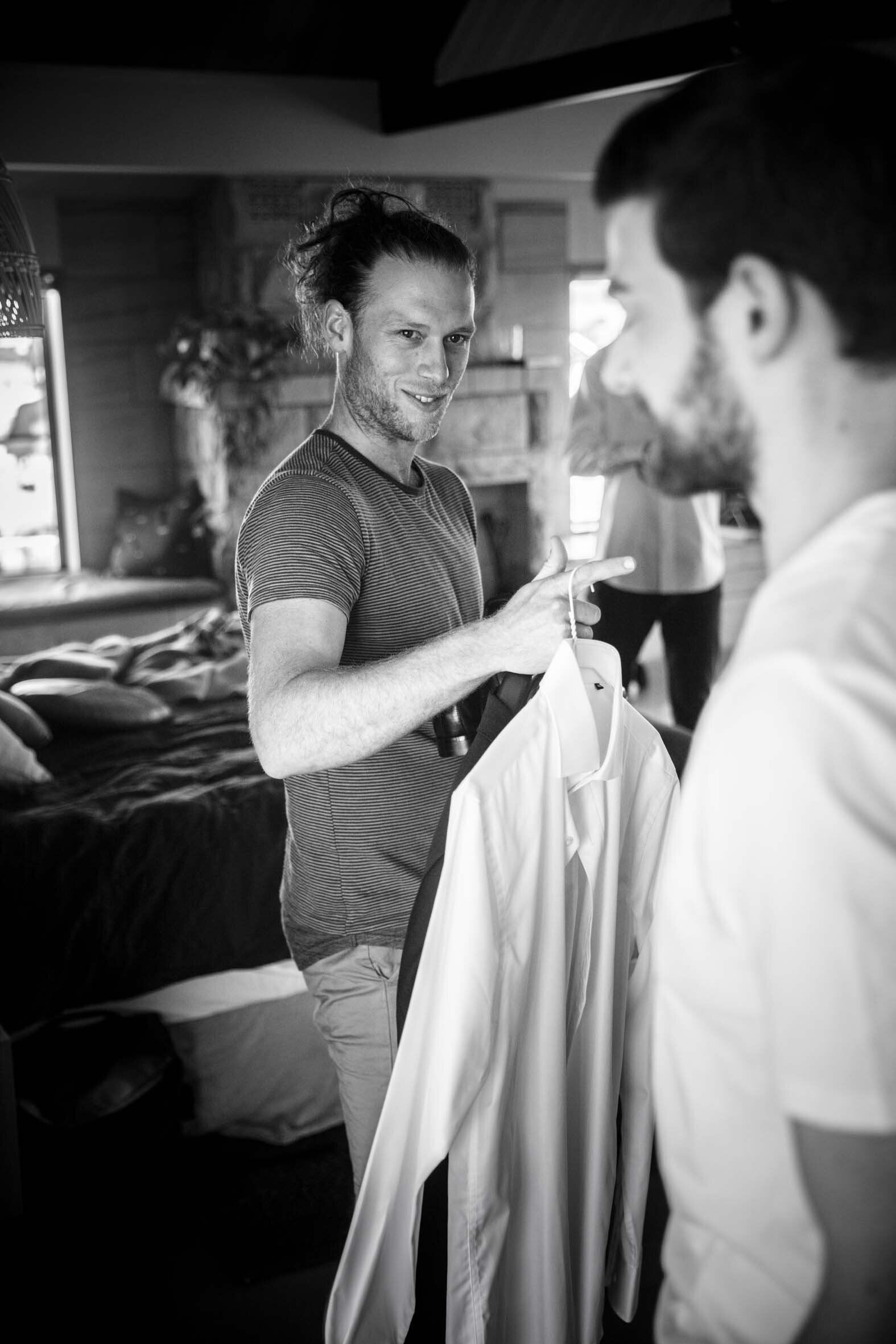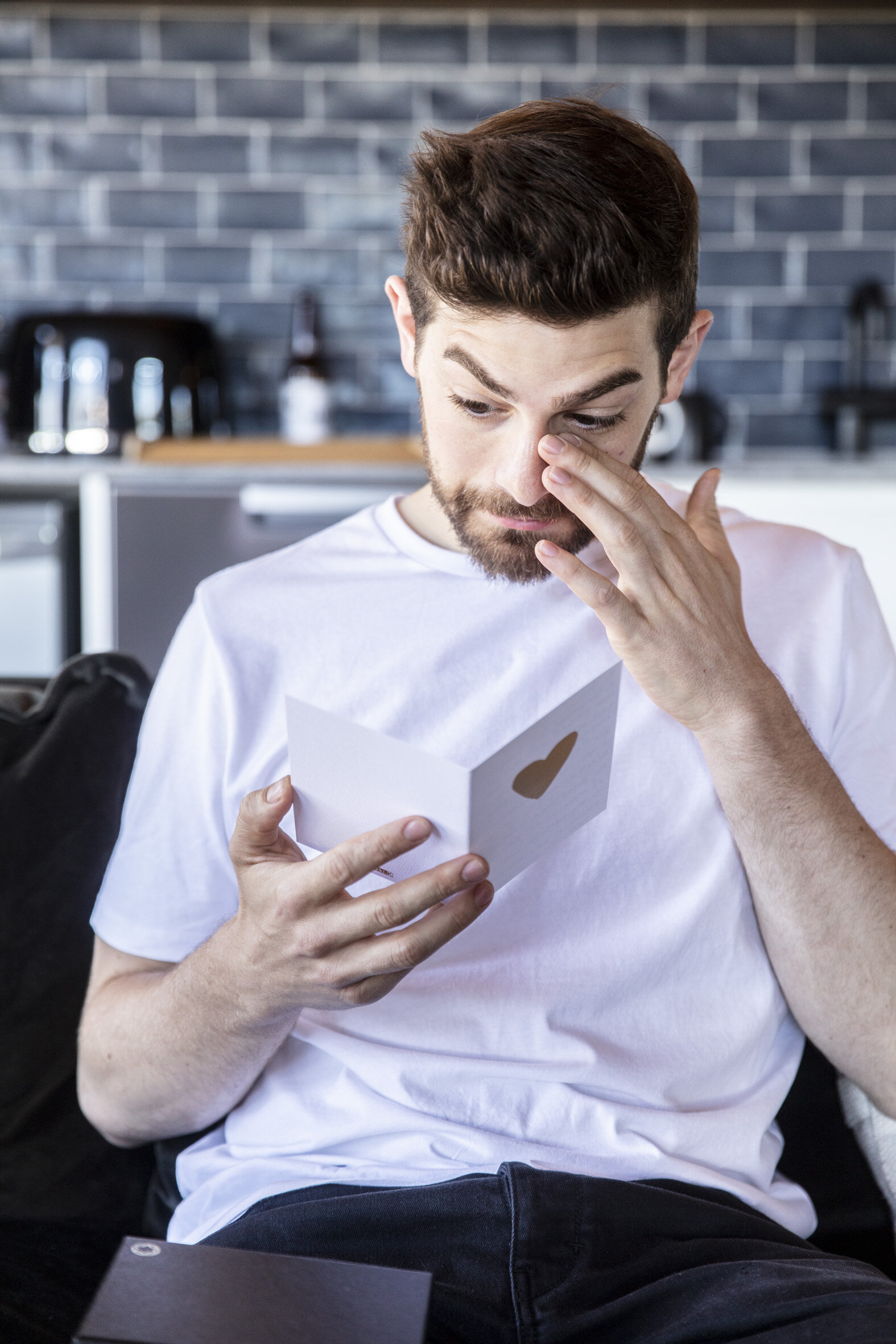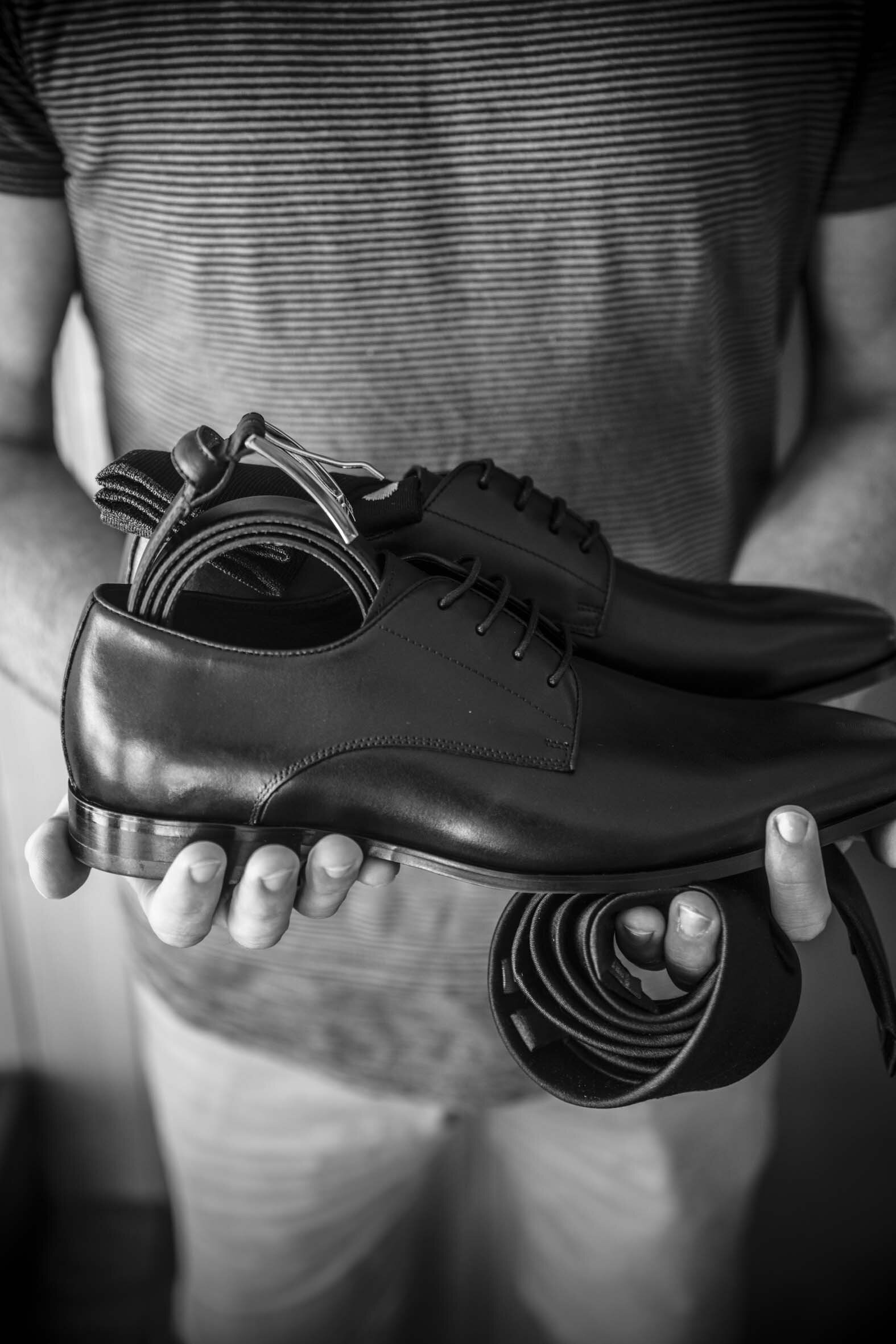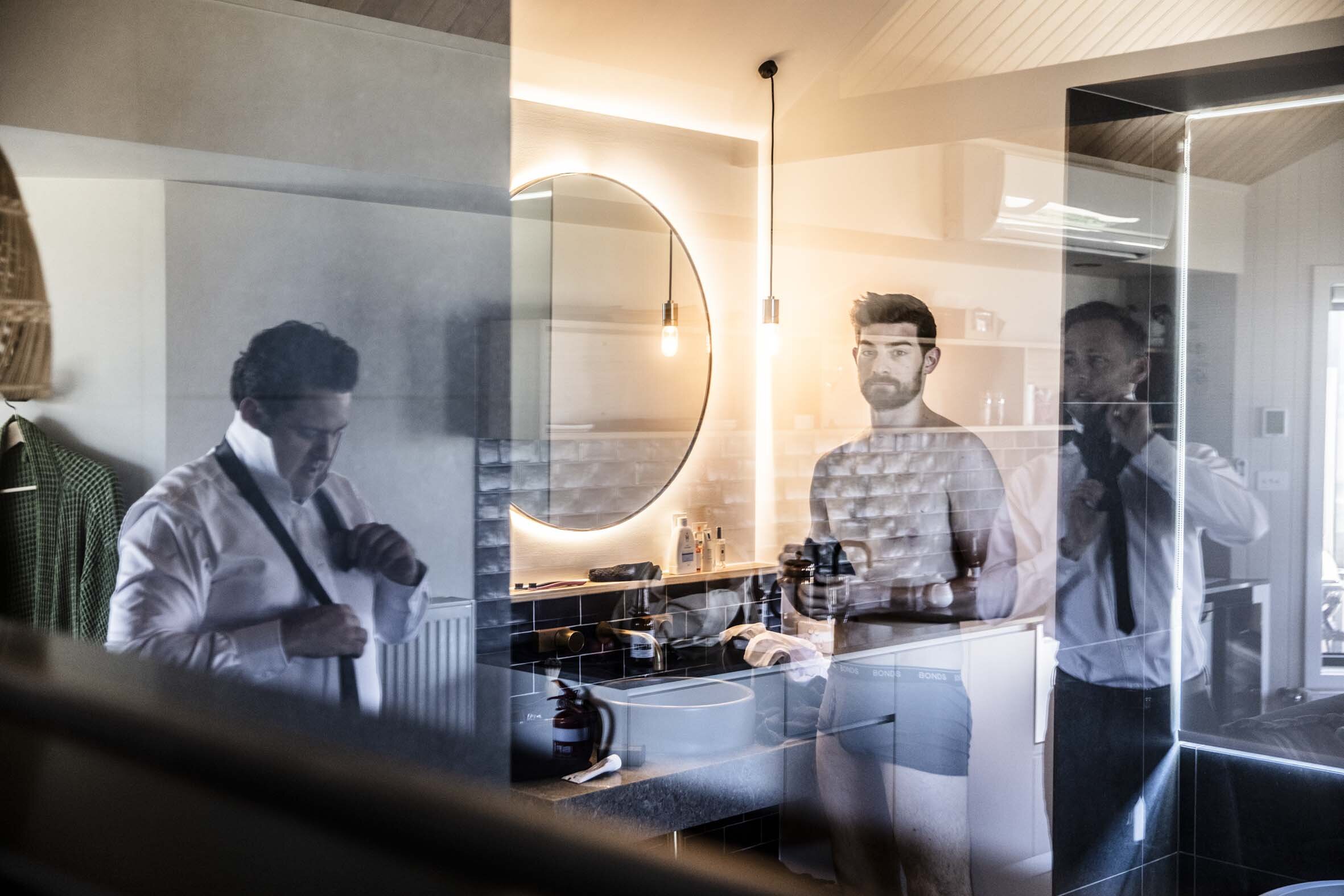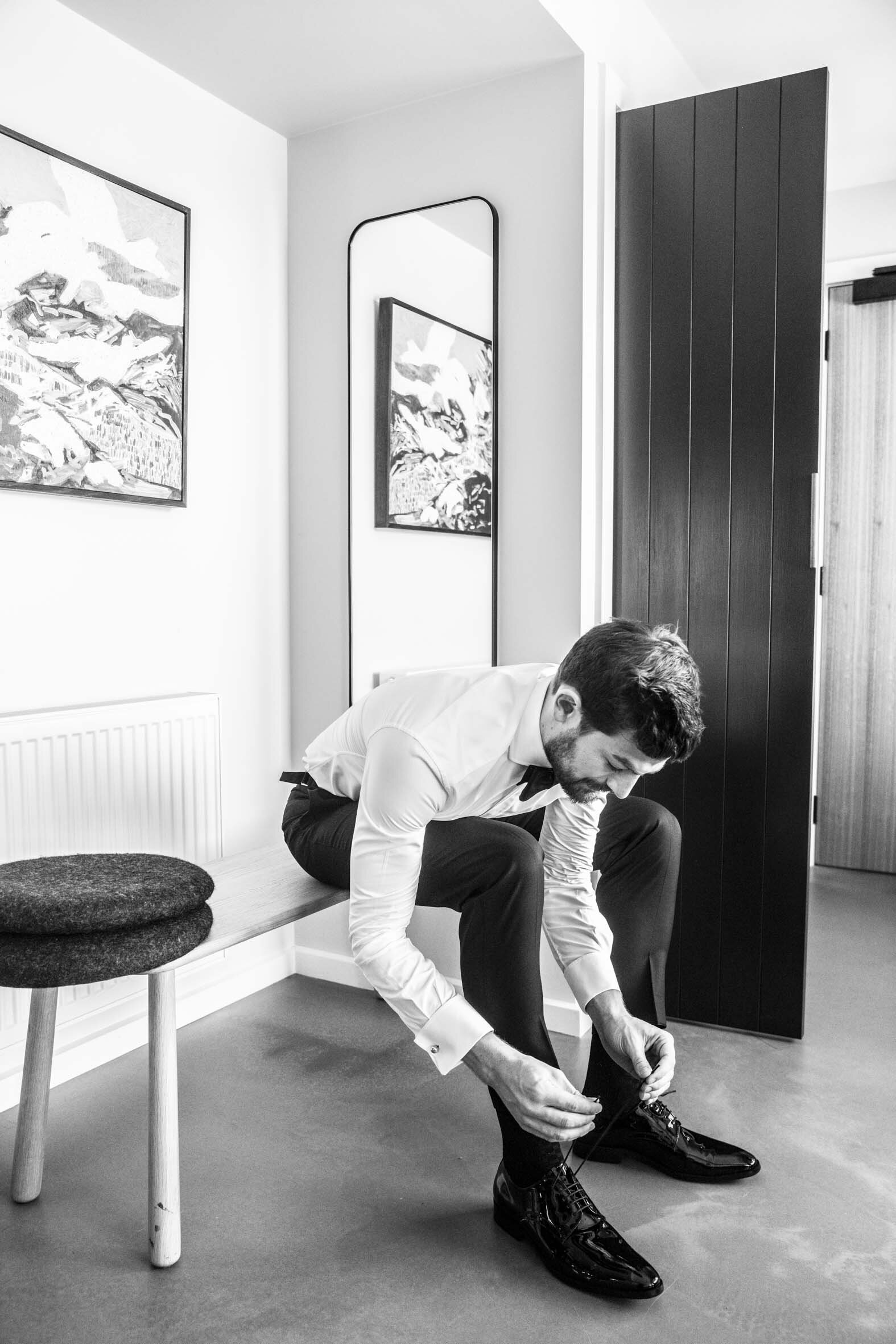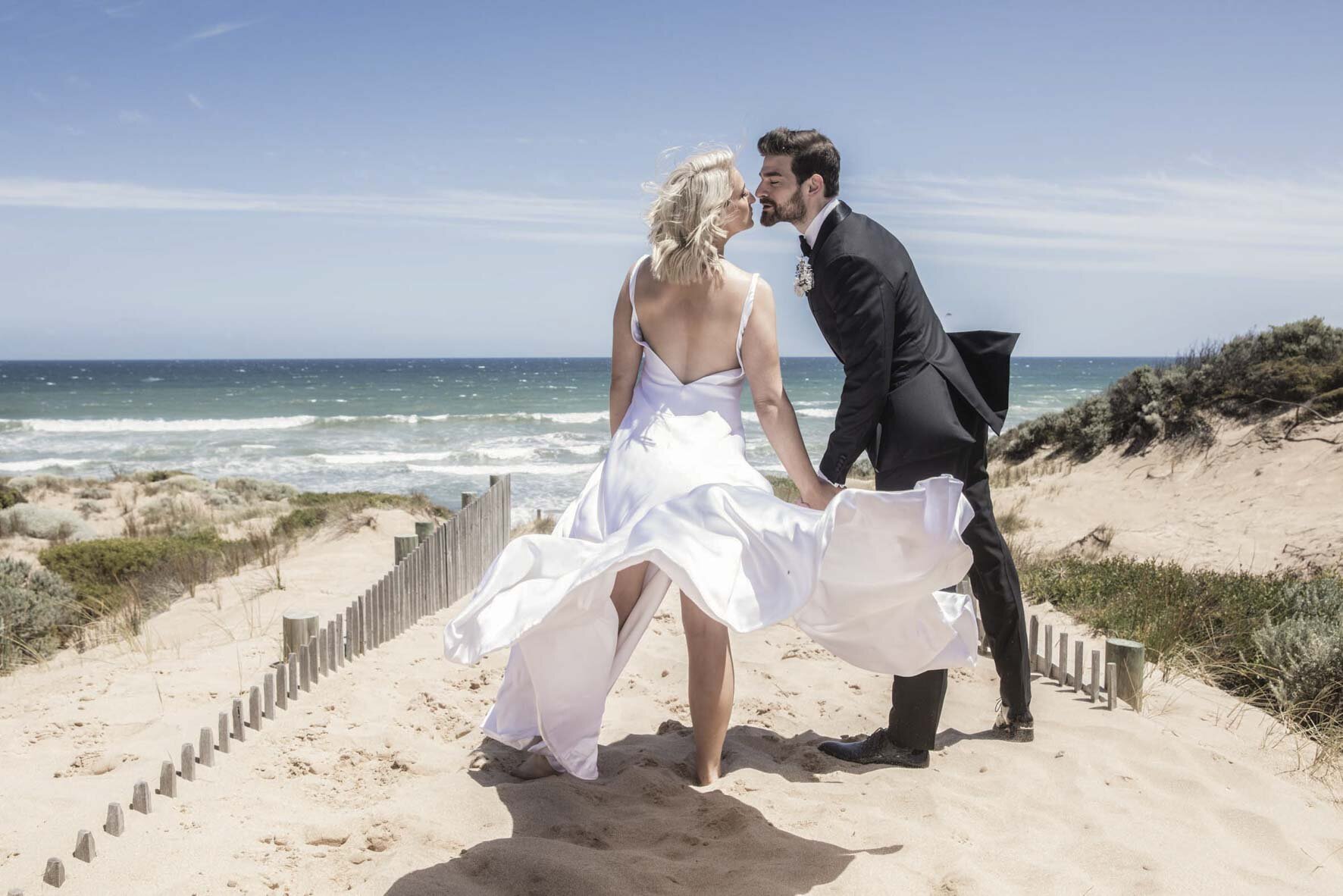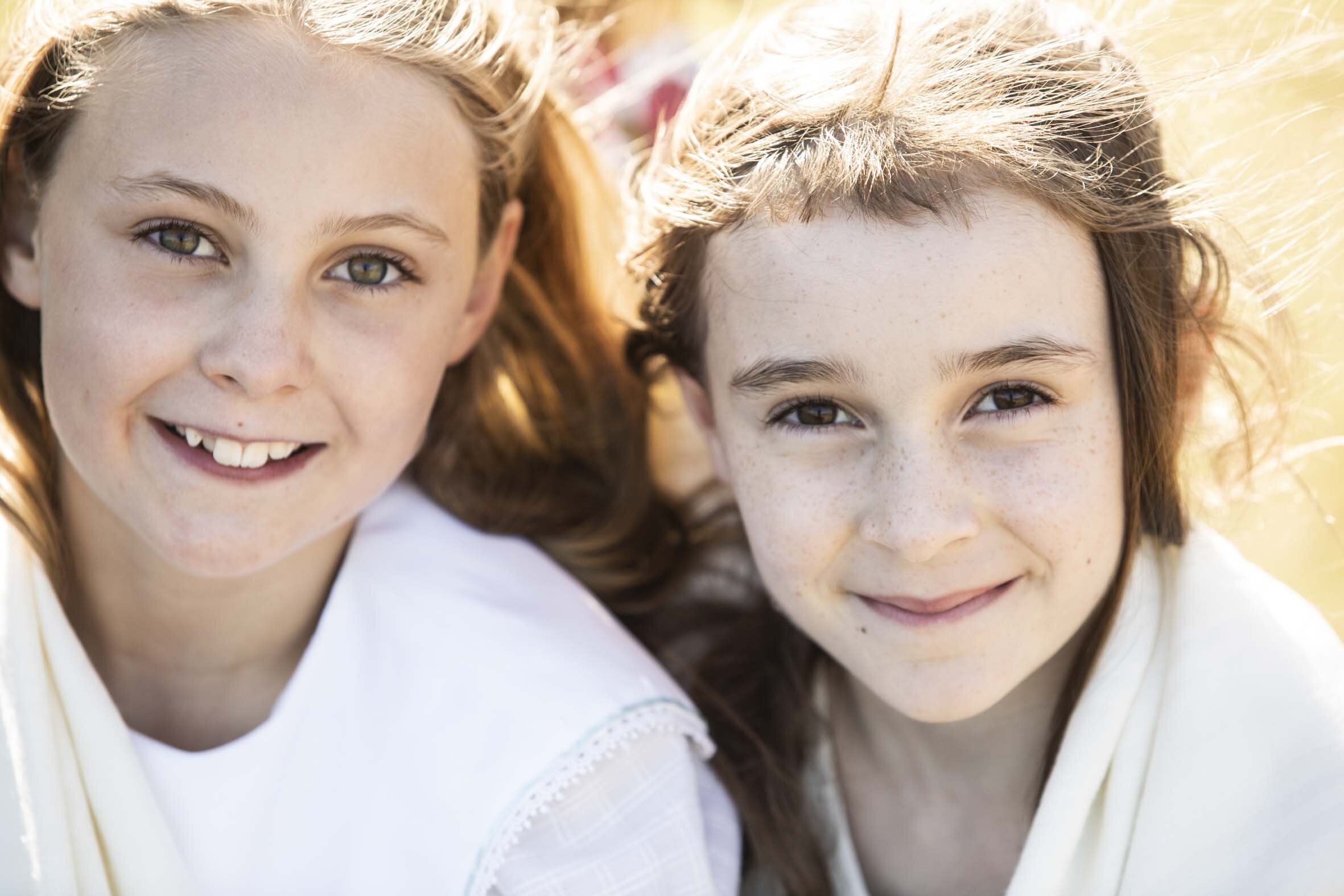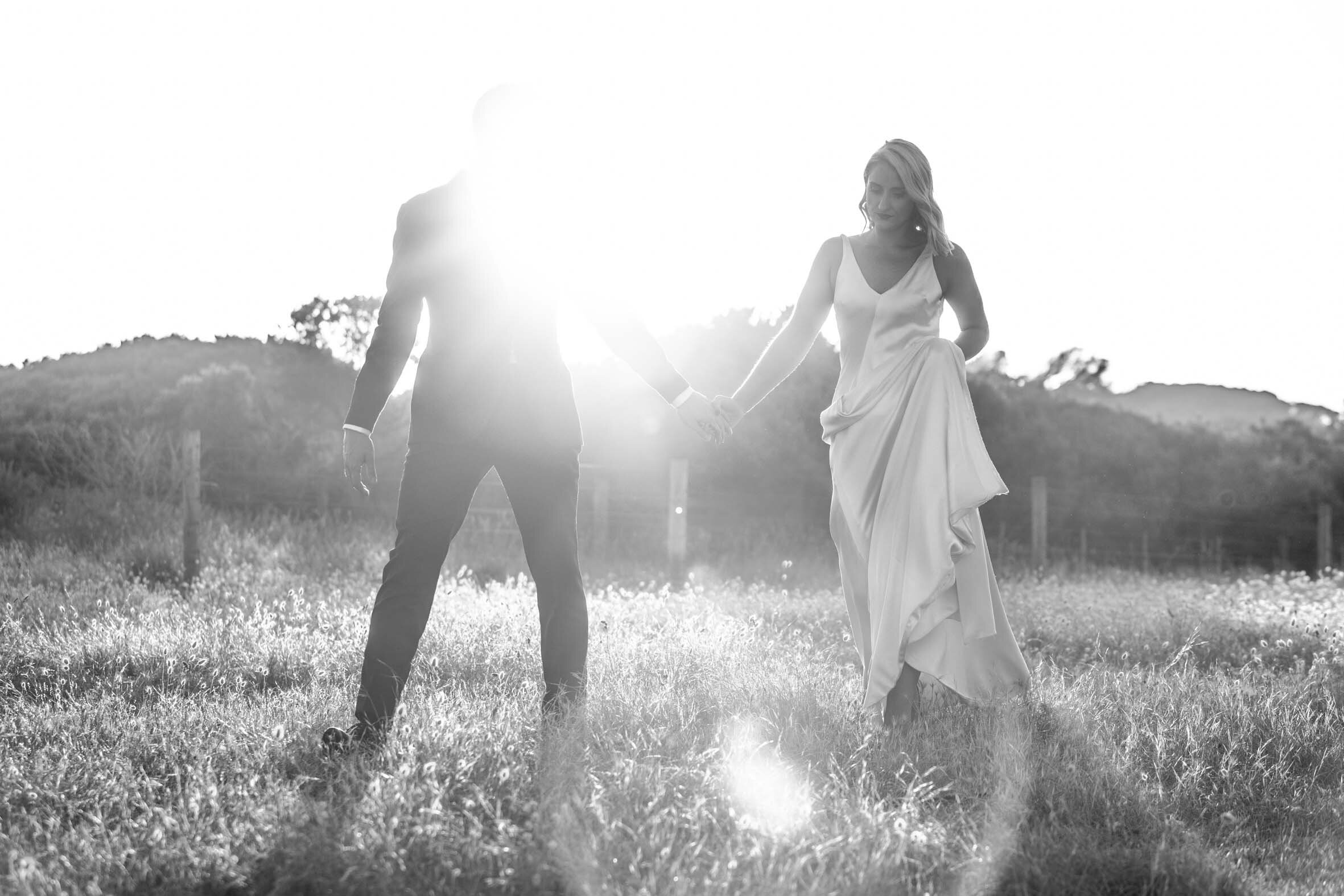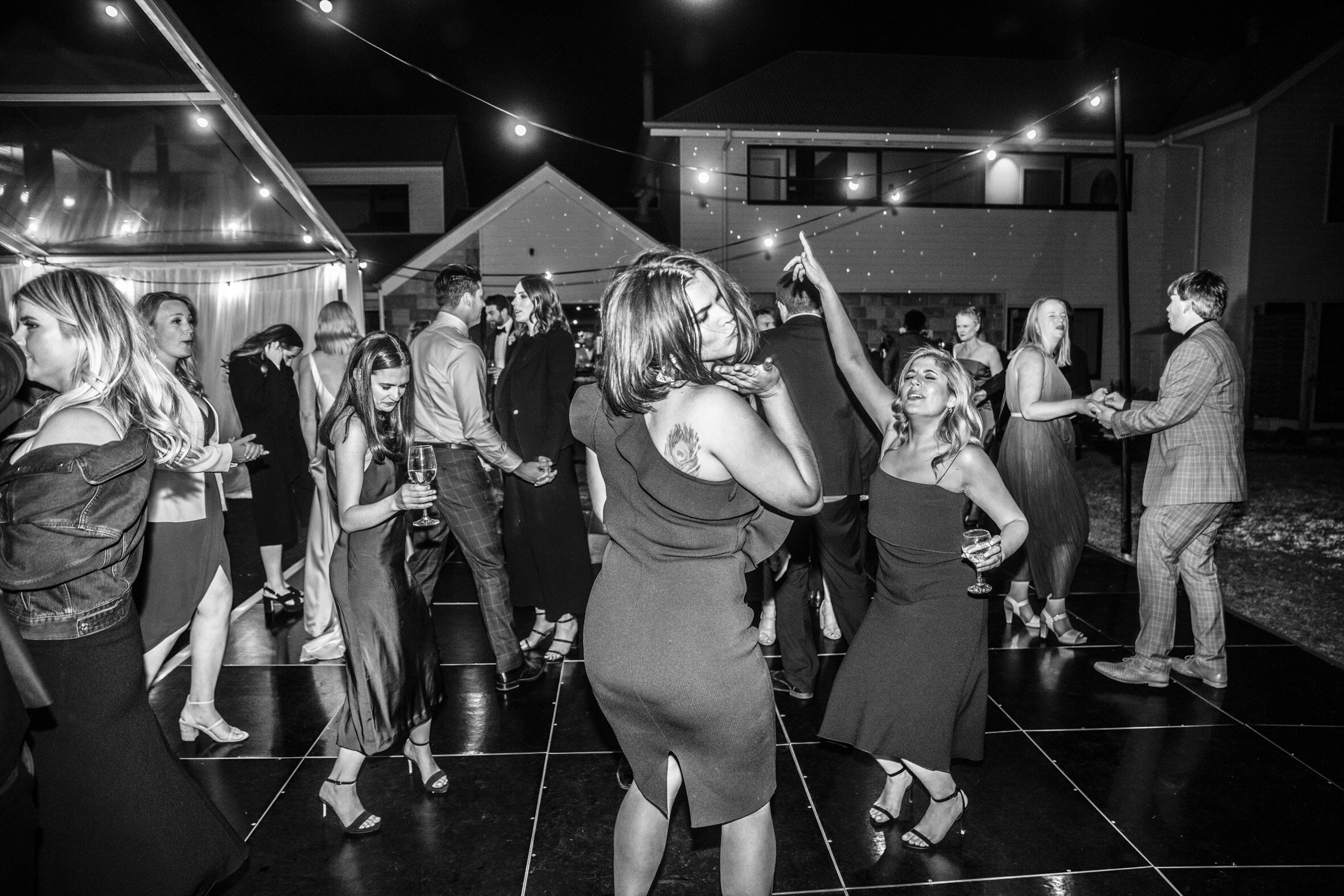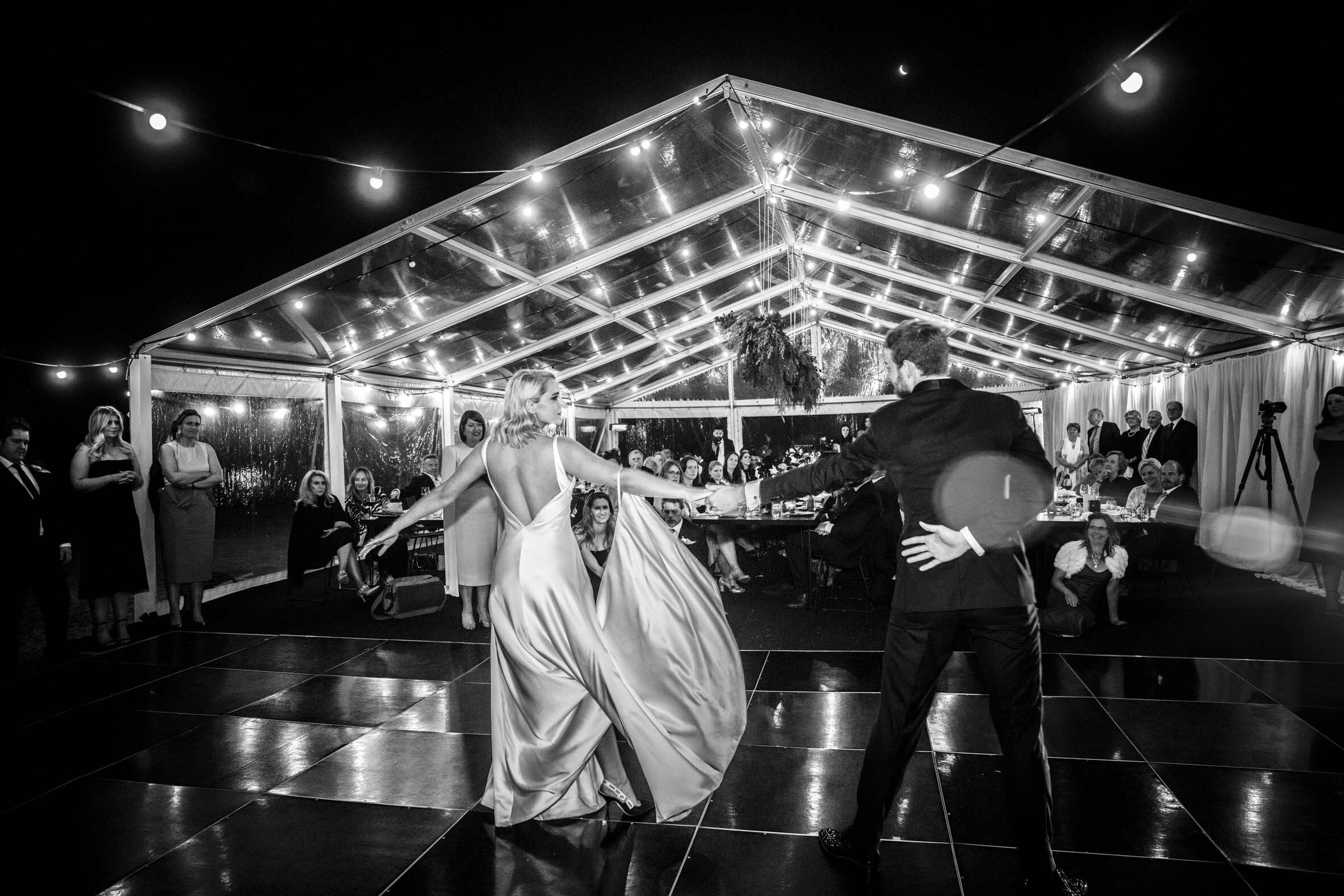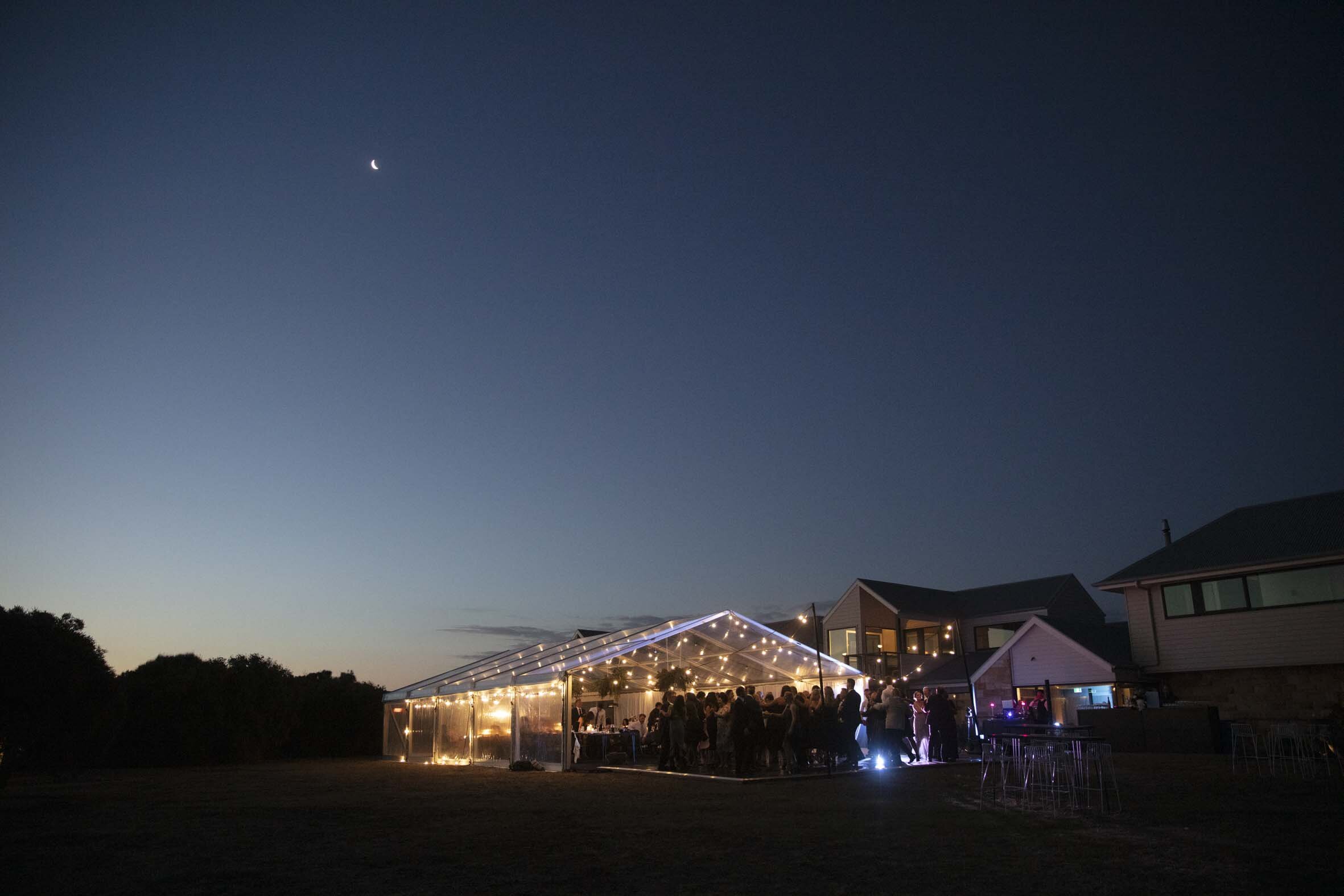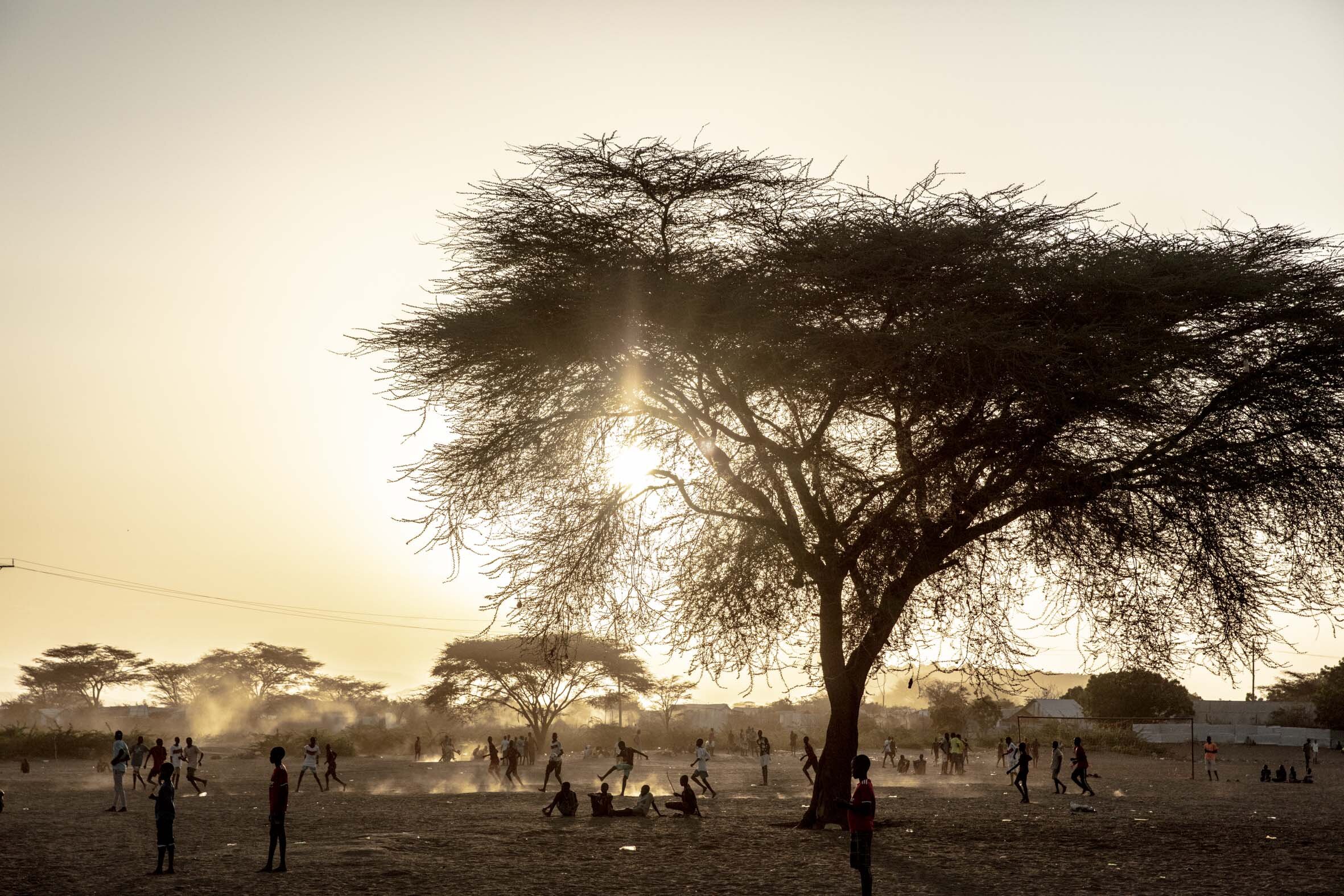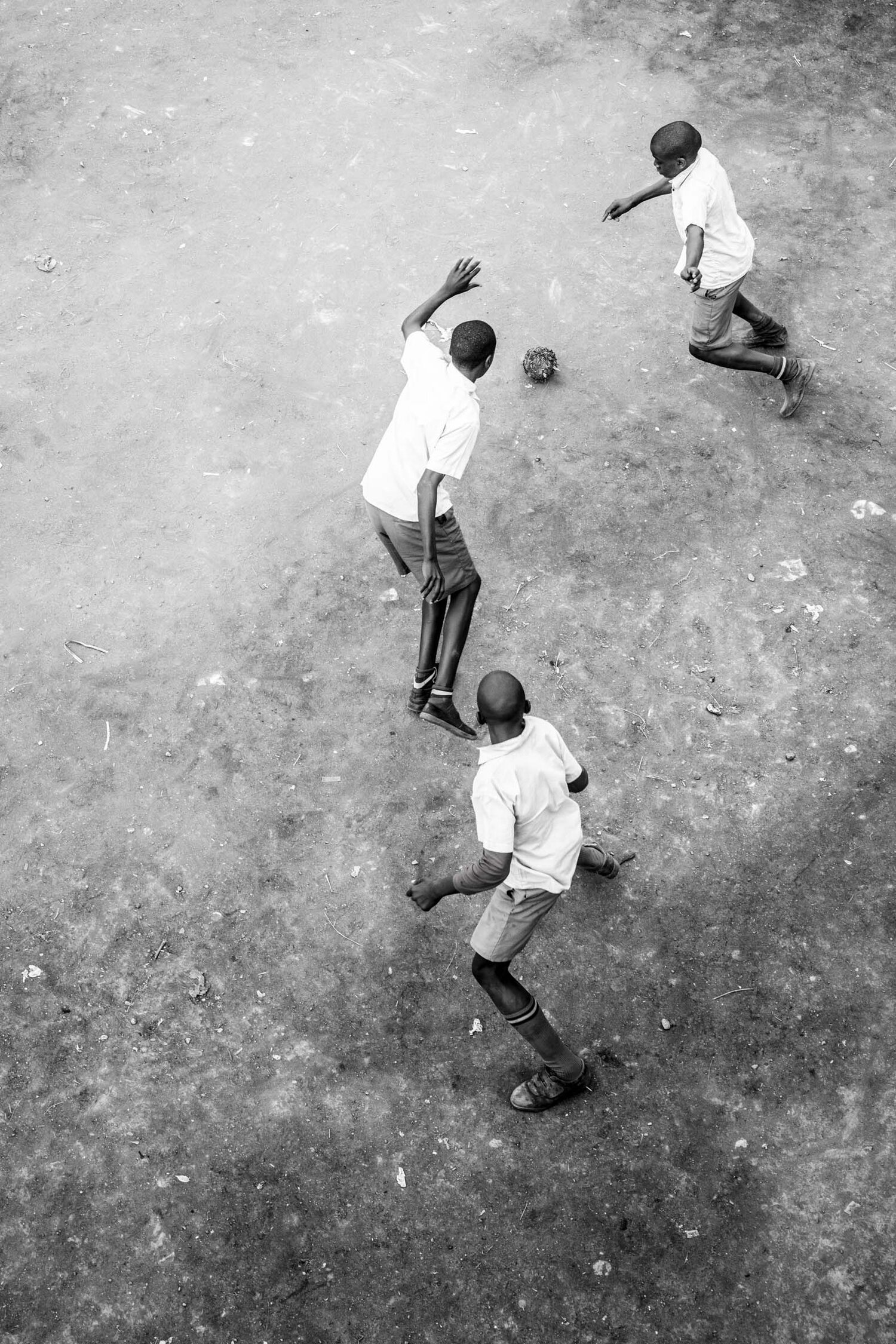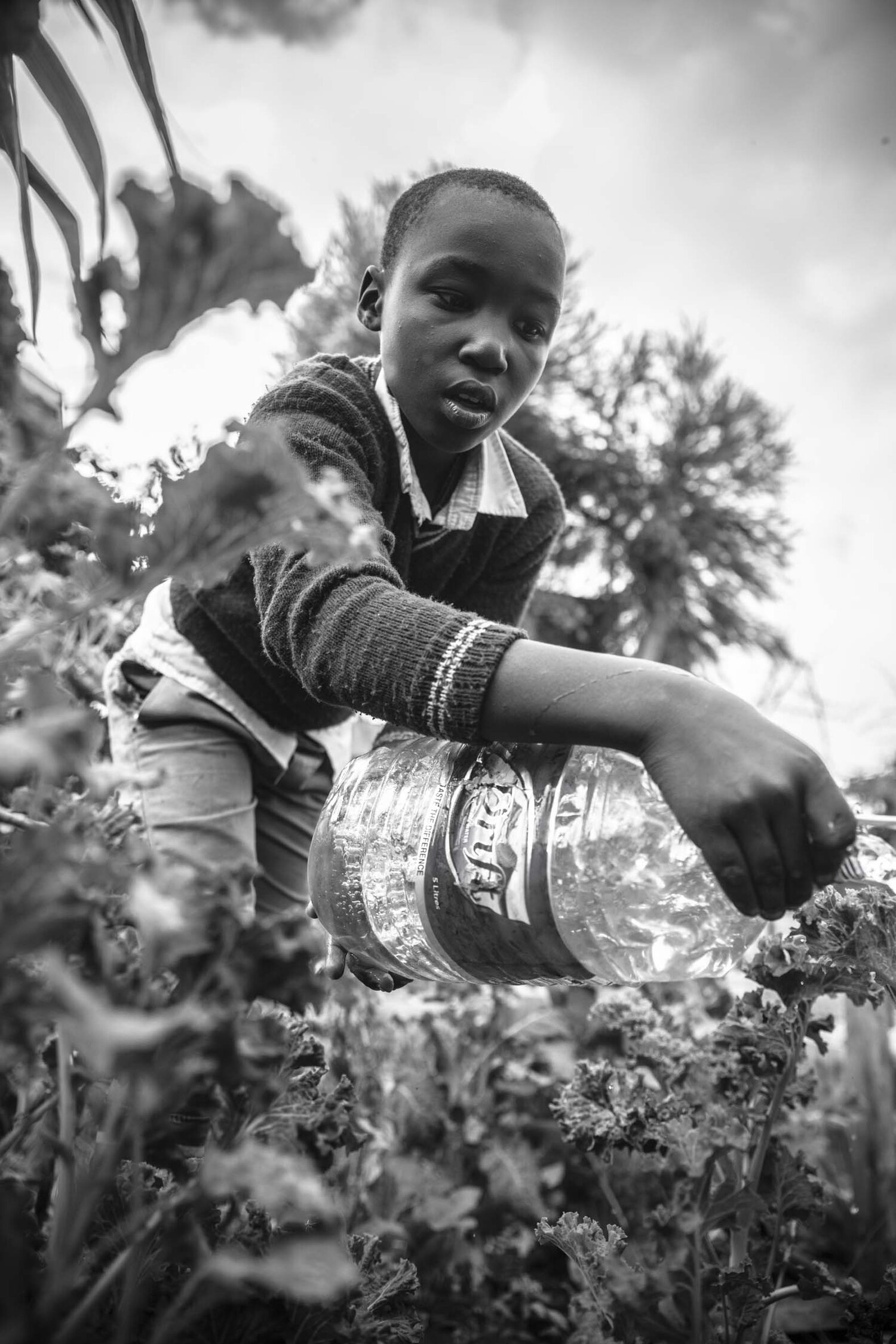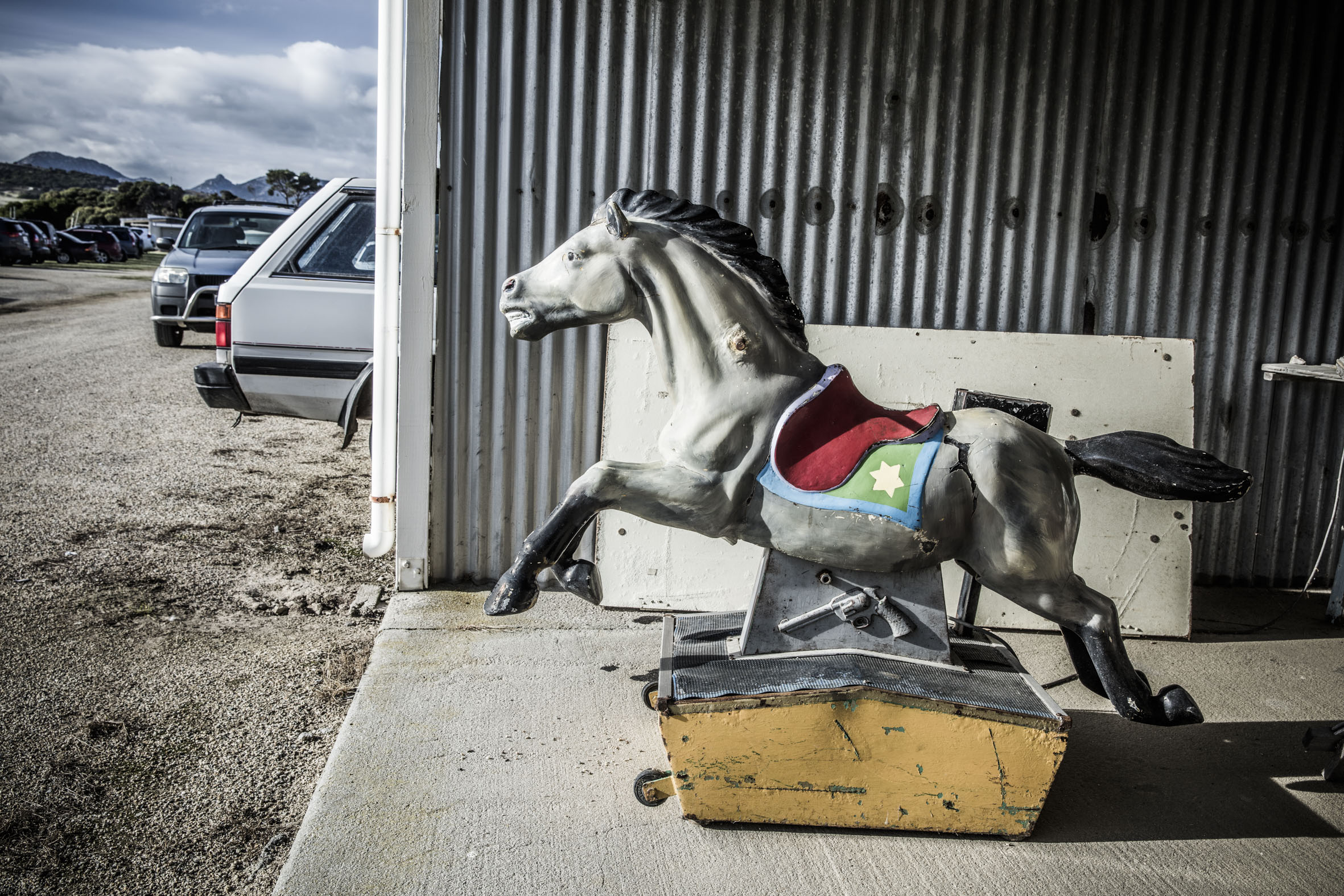The third in a series of short films about the people of Nairobi, documentary photography and how they intersect.
Purposeful
I was lucky enough to photograph Shane Kent this week. He is a ceramicist who runs the SoCA school in Brunswick, Melbourne’s creative heart. While I was making photographs of him, we talked about his craft and the parallels between the work he is creating and my work as a photographer. Ceramics, or pottery as we used to call it, obviously comes from a functional origin. Pots are for storing stuff. Shane’s work is heavily influenced by a Japanese tradition, and it’s easy to imagine his pieces holding rice, fermenting vegetables or storing sake. But today they are beautiful pieces in their own right, that hint at their origins, without ever having to perform that function.
Watching a two foot high pot grow under his hands as his wheel silently spins is almost like watching a living thing being born. A type of creation that we all have seen before, but with early signs of an individual personality. I like things with function. The objects around me that best perform the tasks they are designed to do, are the ones that become most cherished. And perhaps unsurprisingly they are often the most beautiful. Olin Stephens, perhaps the greatest yacht designer of the 20th Century said “Though per se beauty is not a factor of speed, the easiest boats to look at seem the easiest to drive.”
And what’s this got to do with photography? Well, I think the reason that the first photographers were so excited about the potential of their invention, was not because they saw it as a way of creating great art. It was solely a way of telling a story, of showing the world people and things that they would never otherwise get to see….and showing a reality that up until that time, had never been able to be shared. It was a purely functional and original way of disseminating information. Much in the same way that a jar initially must perform its function (holding water without leaking) before becoming an object of beauty in its designed form or decoration, then a photograph must first tell it’s story and then, perhaps have an aesthetic value in its own right.
I also like it that Shane enjoys the accidents that happen in his work. The unplanned crack, the slight wobble of the wall of a jar, the mistaken splash of a glaze. I want to try to embrace this more in my image making. I miss the unplanned surprises we used to encounter as an image appeared in the tray of developer under the red glow of a safety light.
"The Only Dream Worth Having..."
Perhaps understandably, I’ve been having this fantasy recently, that I could invite a dozen people to dinner. I get to choose the twelve…they don’t have to be alive, but I have decided that they must have lived for a short while at least, during the 21st Century. (Having no temporal restrictions would make the choices too hard). I want to be inspired, I want to laugh, have my overly entrenched opinions challenged, and above all to learn new ways to see old problems.
One of the first chairs offered would be to Christopher Hitchens, so I better stock up on “Mr Walker’s Amber Restorative”. Marie Colvin would get a seat…I doubt anyone has ever lived a fuller life. Tim Minchin will be there, not just for the laughs, but because the nature of the laughter will trigger so much intelligent thought. David Walsh might get a seat, but then I’d be worried that he might bore rather than enlighten with his encyclopaedic knowledge. I’d surely have a few of my closest friends… they are friends for a reason… But right in the middle where everyone can hear her gentle lilting voice, I would invite to sit, a women whose two novels written twenty years apart, have spoken more profoundly to me than any other books I have read; Arundathi Roy.
Both ”The God of Small Things” (1997) and “The Ministry of Utmost Happiness” (2017) do with words what I tell myself I’m trying to do, in making good photographs: To create a complex, beautiful, disturbing, moth-eaten brocade of truth.
“When Khubchand, his beloved, blind, bald, incontinent seventeen-year-old mongrel, decided to stage a miserable, long-drawn-out death, Estha nursed him through his final ordeal as though his own life somehow depended on it. In the last months of his life, Khubchand, who had the best of intentions but the most unreliable of bladders, would drag himself to the top-hinged dog-flap built into the bottom of the door that led out into the back garden, push his head through it and urinate unsteadily, bright yellowly, inside. Then with bladder empty and conscience clear he would look up at Estha with opaque green eyes that stood in his grizzled skull like scummy pools and weave his way back to his damp cushion, leaving wet footprints on the floor. As Khubchand lay dying on his cushion, Estha could see the bedroom window reflected in his smooth, purple balls. And the sky beyond. And once a bird that flew across. To Estha - steeped in the smell of old roses, blooded on memories of a broken man - the fact that something so fragile, so unbearably tender had survived, had been allowed to exist, was a miracle. A bird in flight reflected in an old dog's balls. It made him smile out loud.”
Arundathi Roy-”The God of Small Things”
“The only dream worth having is to dream that you will live while you are alive, and die only when you are dead. To love, to be loved. To never forget your own insignificance. To never get used to the unspeakable violence and vulgar disparity of the life around you. To seek joy in the saddest places. To pursue beauty to its lair. To never simplify what is complicated or complicate what is simple. To respect strength, never power. Above all to watch. To try and understand. To never look away. And never, never to forget.”
Arundhati Roy-”The God of Small Things”
Accidental Truth
Because I earn a living from being a photographer, I find I’m constantly, almost subconsciously, searching for technical perfection. And today’s camera science enables and encourages this quest. We strive for sharper images, greater tonal ranges, frozen movements, truer colours, less grain… And yet I’m not sure that by doing this we are actually telling a greater truth. Perhaps quite the opposite.
I was recently watching a short documentary film about the Italian Photographer Alex Majoli. I was entranced by his imagery not because of the technical excellence of the images but because I felt like I understood a little of his thinking. The compositions have a randomness about them. There is no fear of deep black shadows, over exposed highlights or uncontrolled movement and yet I sense the essence of what he is trying to show us is more honest than if we had been looking at an image executed with the full weight of 2020 technical image making behind it.
Perhaps the most famous imperfection and chance telling of a of greater truth comes from the incredible work of Robert Capa on Omaha Beach during the D-Day landings in 1944. Capa spent an hour and a half photographing under fire as men around him died. A courier then transported his four rolls of film to LIFE’s London offices, and the magazine’s general manager stopped the presses to get them into the next issue. But the excited darkroom assistant, while drying the negatives, rushed the process, melting the emulsion and only a few frames survived. The remaining images have extreme movement and grain that gives them the frenetic feel of action, a quality that has come to define our collective memory of that pivotal moment of the Second World War.
So with this in mind I went back to some images I made a few years ago in India with a Holga Camera. The Holga is the perfect vehicle for photographers wanting an analogue hit to counteract the headlong rush of technology. With their plastic lenses and “cloudy/sunny” aperture settings they are prized for their lack of precision, light leaks, and heavy vignetting. I had marked the images below as “rejects” probably because I thought they were technically poor, but with this new craving for looseness and inexactitude, I now find them be quite evocative of the world I was inhabiting at the time.
The challenge of trying to dial down the technical perfection, accept accidents, embrace chance, is one that I find hard. I’m struggling to understand whether it contributes to the objectivity of the documentary photographer. Perhaps it does…after all, randomness is an honesty in itself.
But there is always the danger that the low-fi aesthetic becomes no more than an affectation... an instagram filter… another way in which the image-maker can sell you their “style” over the substance of reality. This would be my greatest fear!
KIAFRICA. Part Two: Why Women.
The second in a series of short films about the people of Nairobi, documentary photography and how they intersect.
Wandering and Wondering.
So I went for another wander (by myself) down to the Melbourne General Cemetery at the end of the our lane. I justified it by saying it was half way between working and exercise. In reality choosing to take photographs has never really been work…. and walking ….well Bruce Chatwin expressed it best….
“I haven't got any special religion this morning. My God is the God of Walkers. If you walk hard enough, you probably don't need any other god.”
Having said that I thought I would head down to the south eastern section of the cemetery past the Catholics (Roman or otherwise), past the Presbyterians, to the Jewish plots. I’m not sure what I was hoping to find. As it turns out these graves of the early Melbourne Jewish community look much like all the others. Chisled platitudes on litchen covered headstones … “He spent a God fearing life….” ( I never understand why anyone would worship a God who wanted to be feared)….There was a good smattering of Hebrew and the system for dating the deaths of grave’s occupants is different to the Gregorian calendar. According to Hebrew time reckoning, we are now in the 6th millennium. The count starts in year 3761 BC, which the 12th-century Jewish philosopher Maimonides established as the biblical date of Creation.
But of more interest to me than the look of most of the graves was one small tragic story….
In Sad but Loving Memory of Dorothy (Dot)
Dearly Beloved Daughter of Kate Harper,
Killed in the Richmond Railway Disaster
18th July 1910-5670 Aged 18 years.
A Gentle and True companion.
Well, I hadn’t heard of the “Richmond Railway Disaster” but it’s not hard to find out about it….
“On 18 July 1910, nine people were killed and over 400 were injured when, in heavy fog, a train from Elsternwick crashed into the rear of a train from Brighton at Richmond station. It is believed to be the first Australian rail accident recorded in photographs”
Having seen these photograph, I can hear the scream of metal on metal as the train tries to brake at the last second, I can smell the steam and fear of that foggy morning, and I can begin to appreciate the horror that Kate Harper must felt later than day when told of the death of her teenage daughter. So this wander through the cemetery has led me to wonder…..
What responsibility does a documentary photographer have to show the world the disasters that befall us?
I’m not one for gratuitously recording suffering, but surely images like Thomas Hoepker’s 9/11 image from Brooklyn or Eleonora Costi’s pictures from Chernobyl enlighten us more than they defile us?
To me the answer is clear. You must photograph what is in front of you with honesty, a sensitivity to those affected by the situation and perhaps with an intent to engage with the viewer on a level deeper than sensationalism.
I haven’t found out who took the pictures at Richmond Station in 1910….but in some sense whoever it was, is the unknown ancestor of Capa, Salgardo, McCullin and Koudelka.
I also wonder in years to come what the iconic images of our current predicament will be?
KIAFRICA. Part One: Vincent and his Mother.
The first in a series of short films about the people of Nairobi, documentary photography and how they intersect.
Finding Meaning in Pictures, not Platitudes.
Just down the laneway from where I live, is the Melbourne General Cemetery. It was created in 1852, the same year that the Palace of Westminster opened beside the River Thames. There is an section inside the Northern Gate called “The Roman Catholic Area”. Here, attached to most of the headstones are small oval photographs of the grave’s occupier. These graves belong to Italian migrants. The Anglicans, the Jews, the Presbyterians and the Muslims stick with chiselled words…. For them imagery is not a way to honour the dead.
When I look closely at the portraits I find them deeply interesting. Most are black and white, some are beautifully hand coloured (Row 2 Column 5) and a few were made on colour film.
Some of the older ones were made in a simple studio setting (Row 4 Column 3) but the vast majority are images taken from day to day life and then contoured and placed on a light background. I wonder why an oval is the acceptable Roman Catholic way to frame a deceased relative? (A few of the Chinese graves about 100m away have images of the dead, but they are all in rectangular frames)
If I zoom right in and look closely at each person I feel as if I can intuit a little of their personality…..
Row 1 Column 4- Proud, maybe a little defensive, perhaps damaged by the move to Australia, but determined to maintain her dignity.
Row 10 Column 1- Confused by what life has dealt, perhaps a little naive, but hardworking and trustworthy.
Row 14 Column 1- A romantic, warm and passionate. Easy to fall in love with….
Yes I know it’s ridiculous! How could I possibly know these things….But the words on tombstones give us nothing! They are a string of formulaic clichés …. “Loving daughter of”…… “Sadly missed”…. “beloved son and brother”…. “always in our thoughts”…. “take your rest.”……
So maybe, just maybe, the photographs are actually more honest than the words.
O mangiar questa minestra o saltar questa finestra.
Last night four Boeing 737s crashed in Italy killing all the passengers.
Actually… No, they didn’t…but that’s an almost exact equivalent death toll in Italy to that of the virus. The night before only two crashed …and the night before that, three crashed.
I’m sounding sensationalist…. I’m sorry…But I’m not sure we are taking this seriously enough.
Driving up Sydney Road, Brunswick today, the good people of the inner north were out in force. It’s usually rejuvenating to see the individuality, the personalities, the comfortableness with the unconventional. Today it was disconcerting. Statistically these aren’t the people who are going to die if we don’t get this under control.
We understand about personal freedoms, gender equality, sexual orientation and racial tolerance…. But what about sacrificing personal expectations for the good of our society?
Is having a double espresso at your local café with five of your best friends a right that’s immutable?
And if you are wondering why it’s important to sacrifice these things, its better explained than I ever could in this Washington Post graphic article.
https://www.washingtonpost.com/graphics/2020/world/corona-simulator/
And any of us who have listened to Radio National over the years would know the caledonian tones of Norman Swan…. Balanced, fair, unsensational, evidence based.
Have a listen to him at the 20:50 minute mark of the conversation hour earlier this week.
https://www.abc.net.au/radio/melbourne/programs/theconversationhour/the-conversation-hour/12040714
I took the pictures below in Northern Italy, the epicentre of the current outbreak a few years ago. These aren’t just statistics…These are real people….with real children and real mothers and fathers and sisters and brothers.
Hopefully most of them are still alive.
Slowing down for a moment, month or two.
I’m not going to go to the supermarket next weekend to fight over a few tins of tuna.
I’m going to do something I’ve been meaning to do for a very long time. I’m going to dig a vegetable garden and plant it with things that in a few months time will hopefully be more delicious than the tuna I missed out on. Stephanie Alexander’s Kitchen Garden Companion suggests for March planting …….Asian greens, beetroot, broccoli, cabbages, cauliflower, chives, garlic, kohlrabi, leeks lettuces, peas, radishes, rocket, spinach thyme and turnips.
We might not do all of these in an inner-city back yard but we’re going to do a few!
Over the years having photographed books for some of the great Australian Chefs, I’ve never had trouble admiring their virtuosity, but I think I might have taken the growing of the produce a little for granted. So, I’m looking forward to trying a few of their recipes with vegetables pulled from the soil of my own back yard.
Is it just me, or am I feeling a slight sense of relief in our community that its ok to slow down, think, smell and watch for a while?
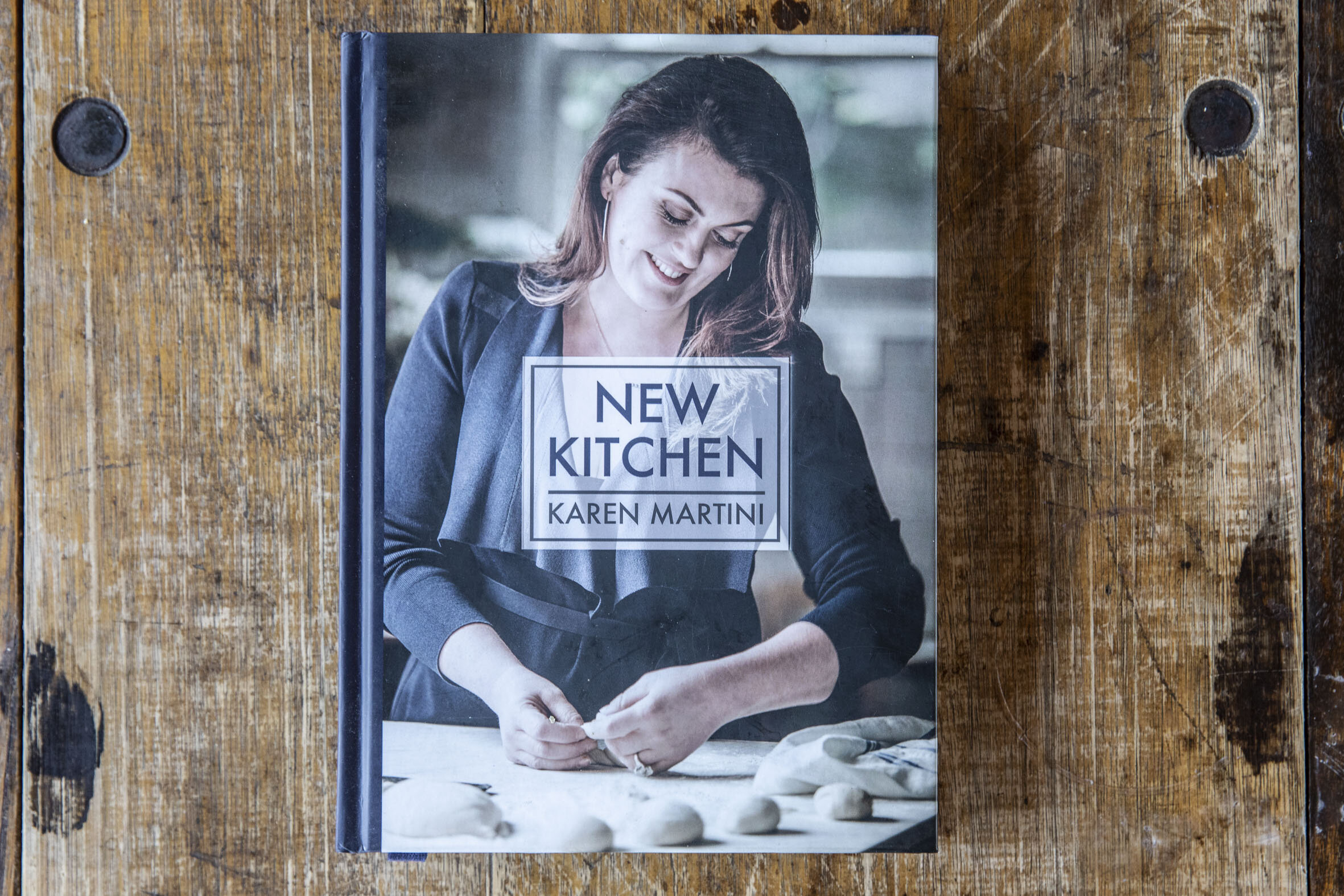
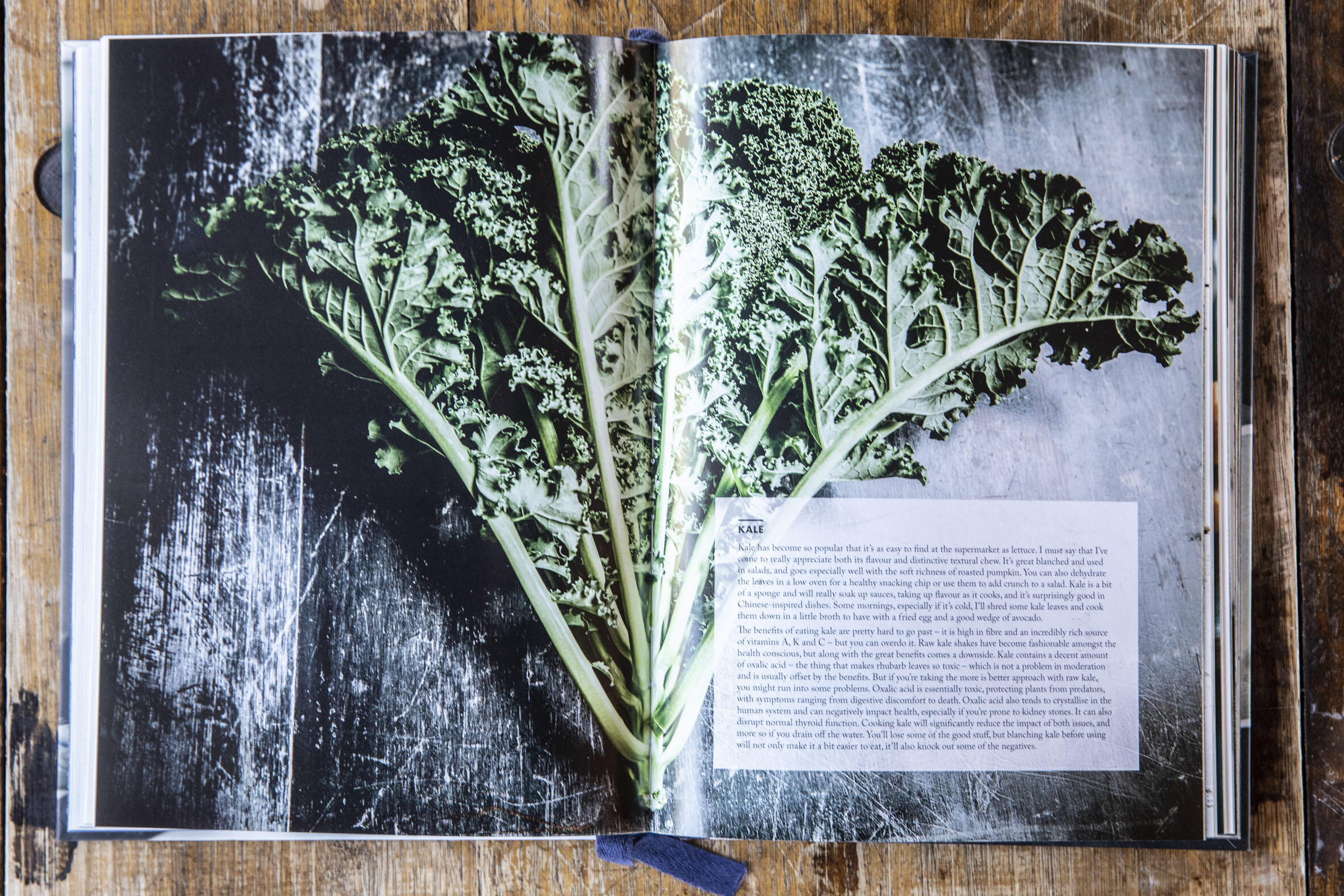
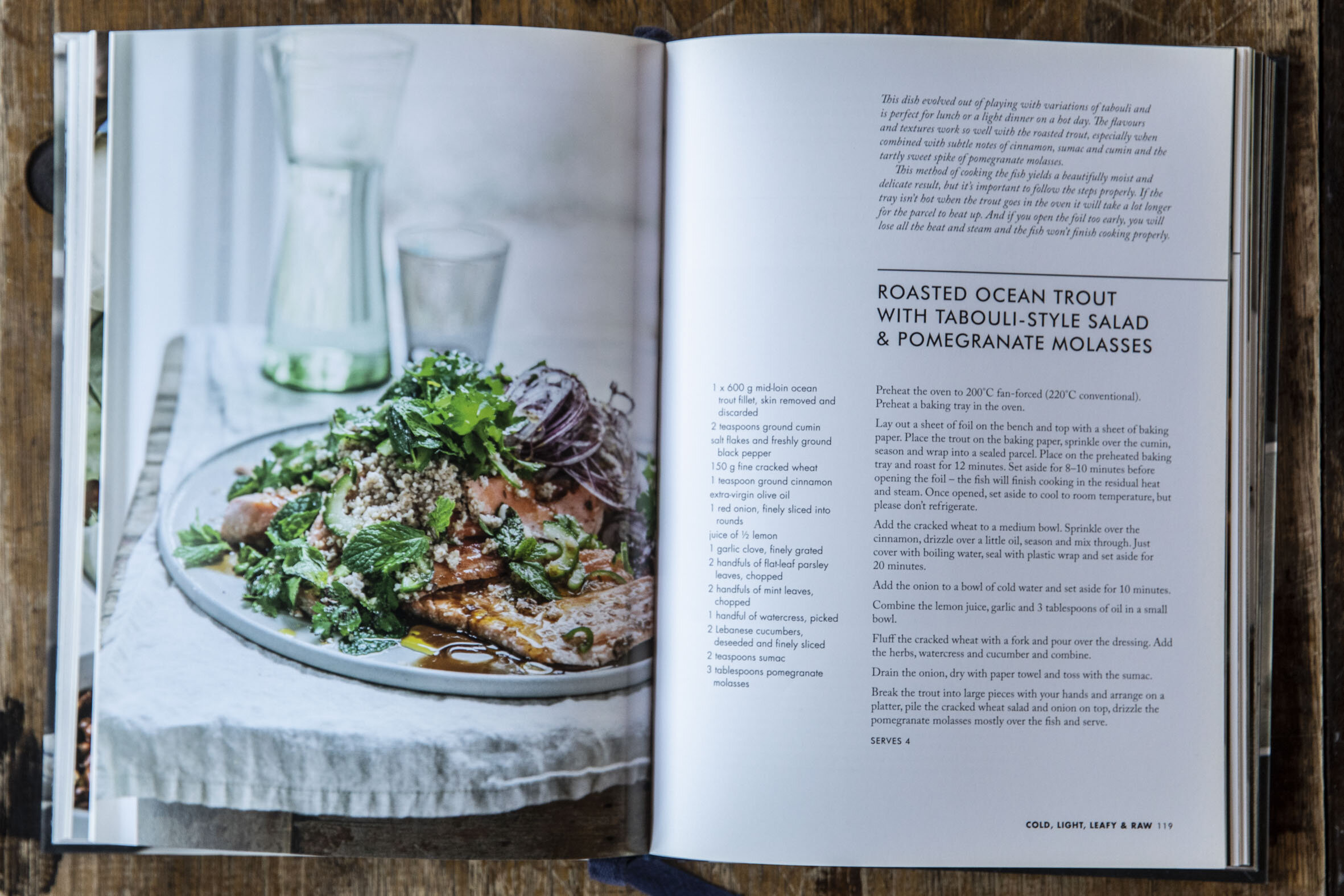
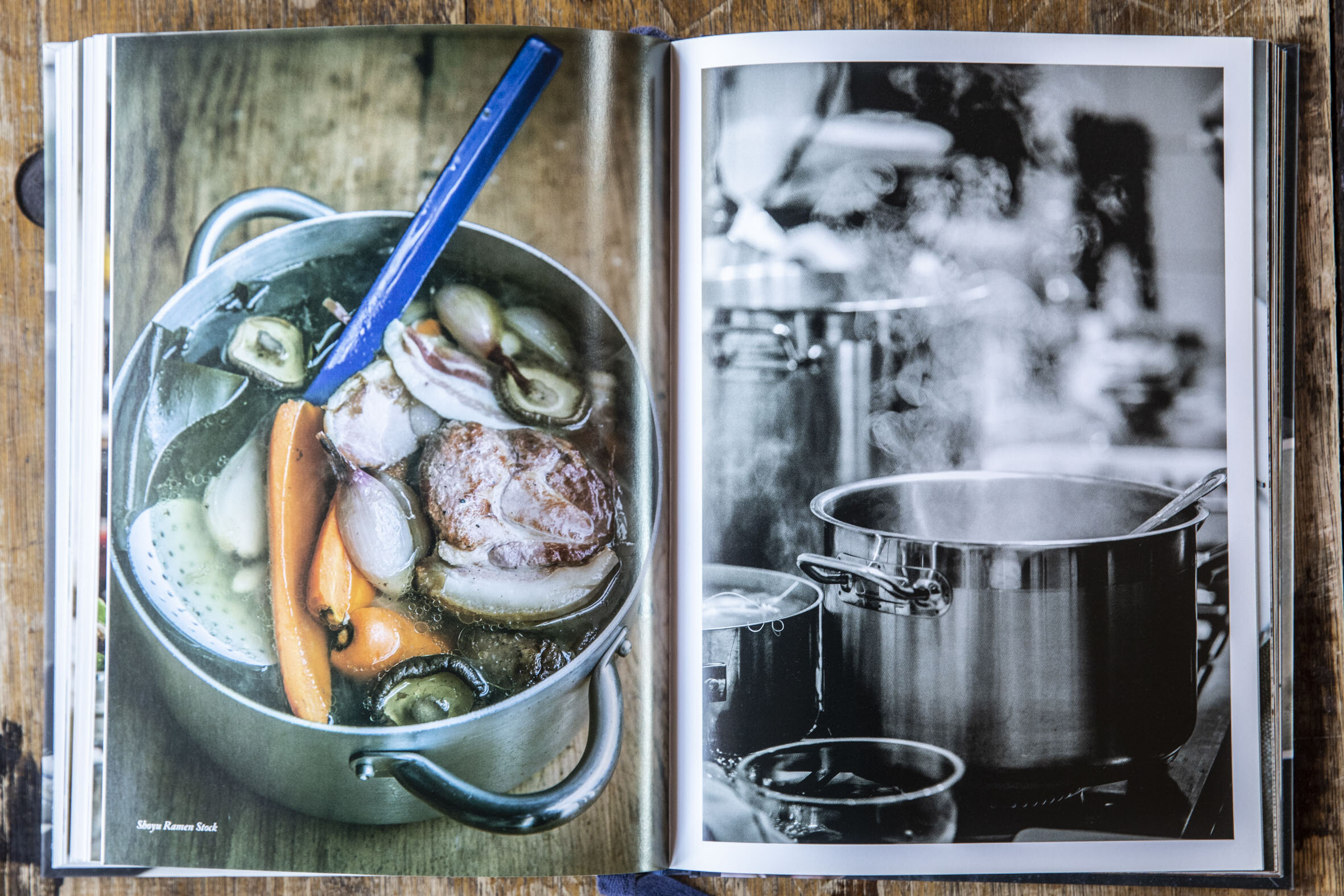
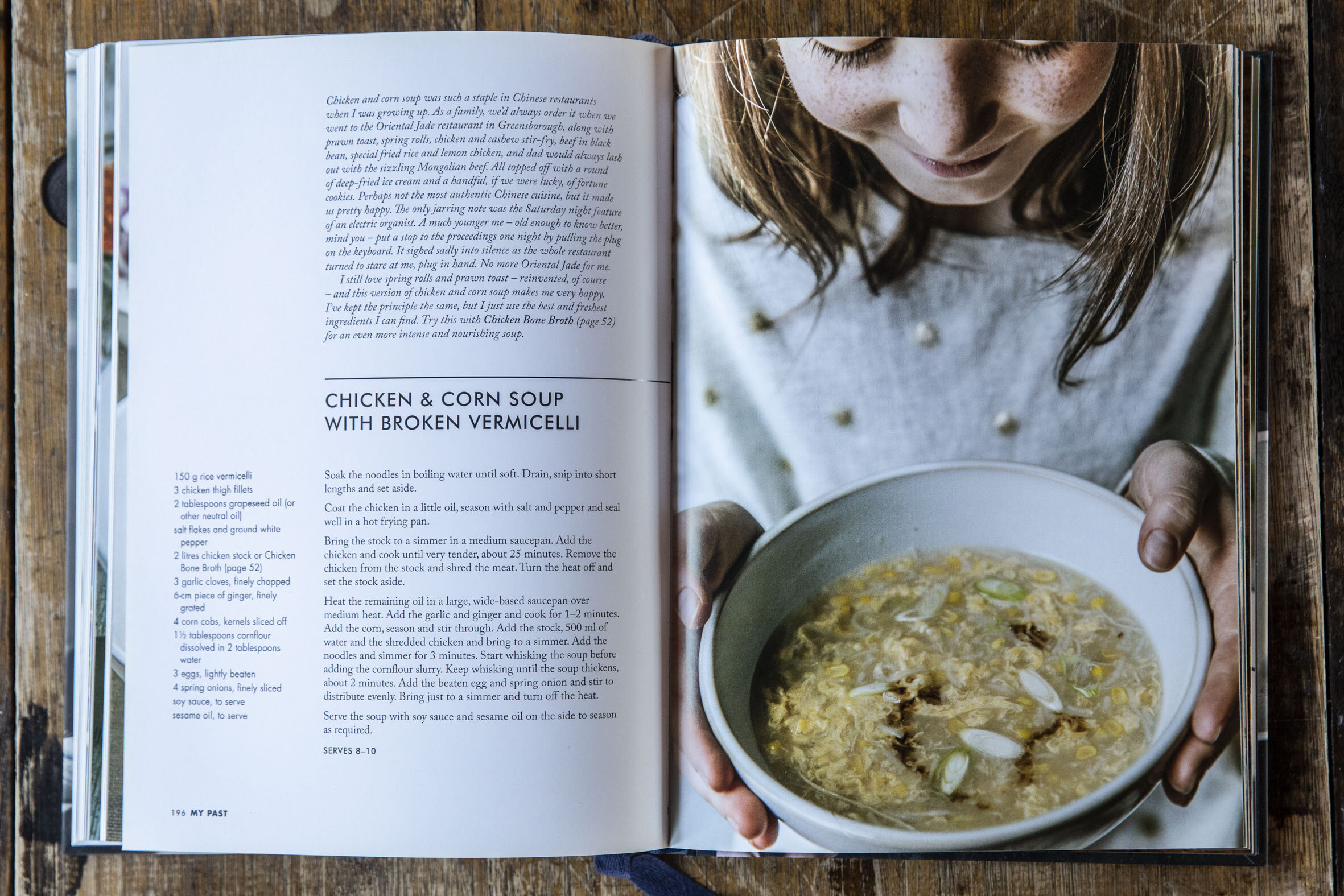

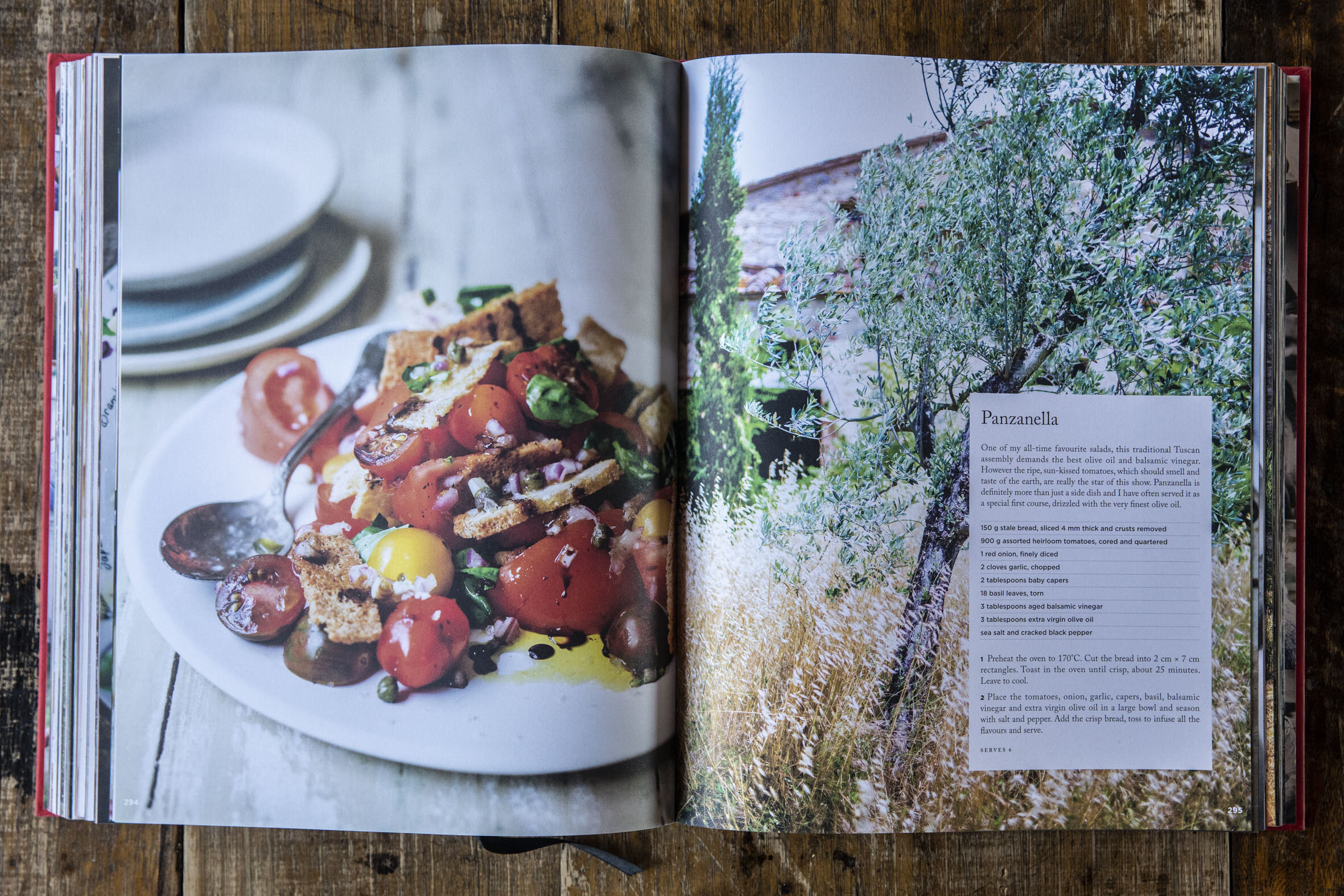
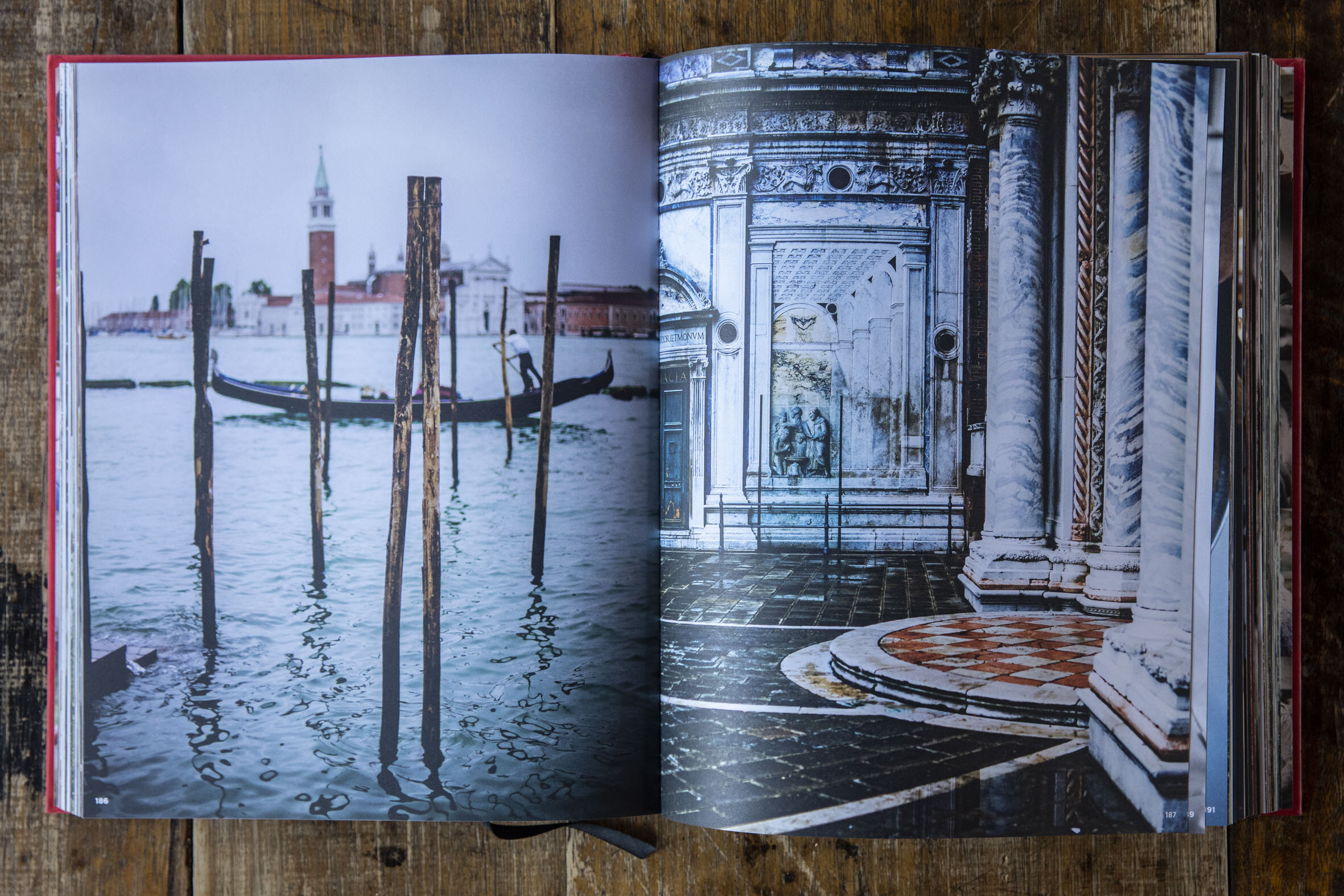

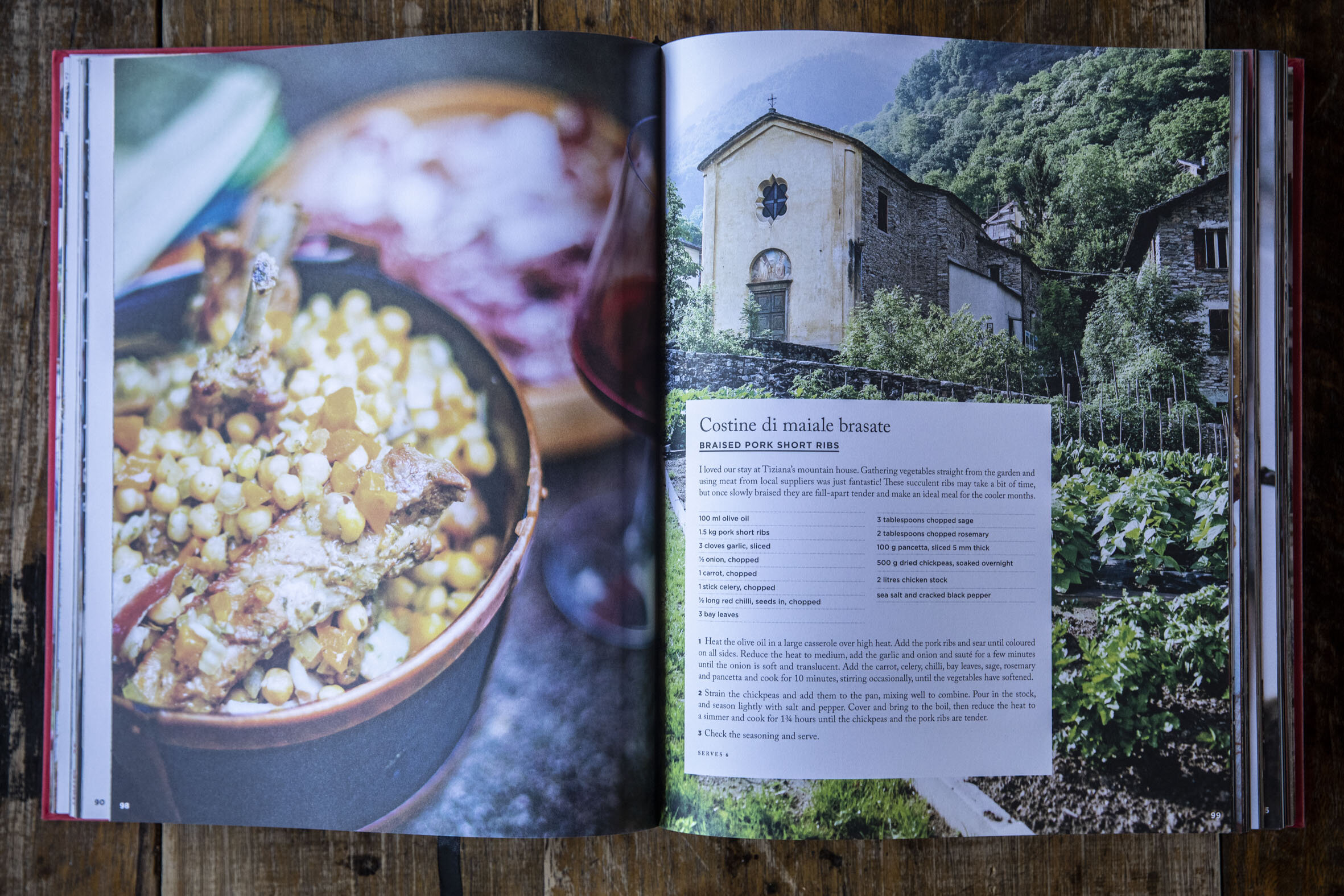

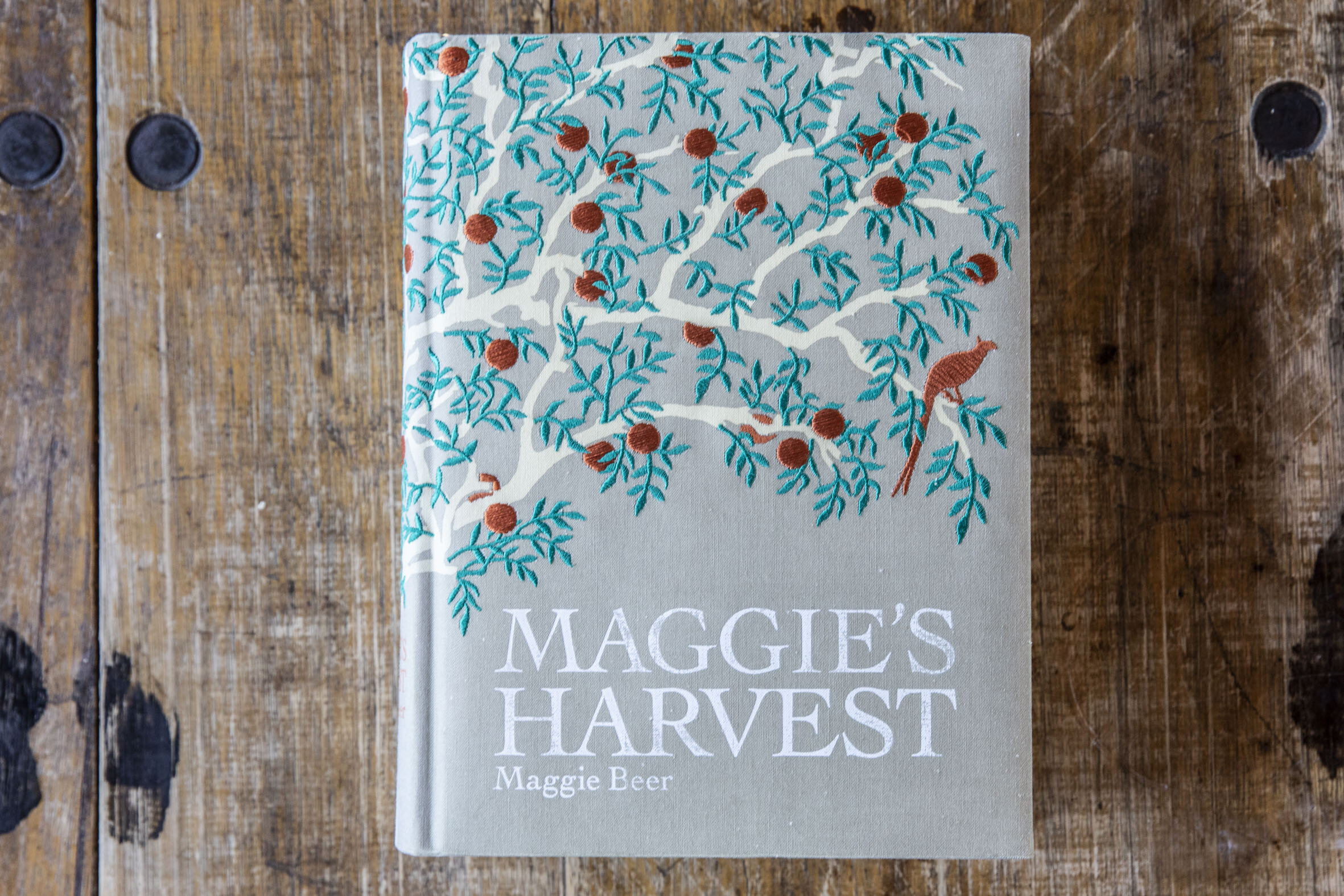
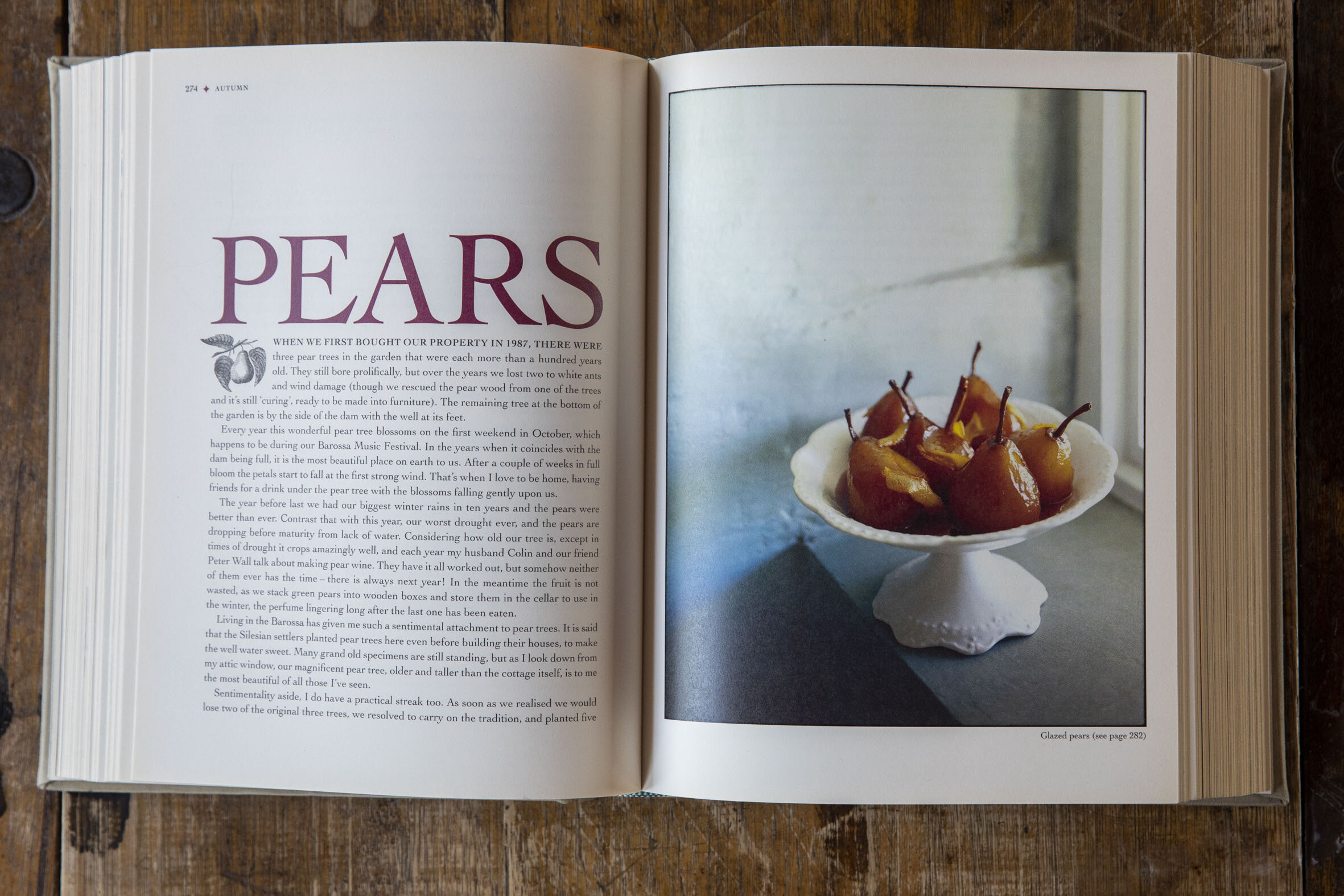
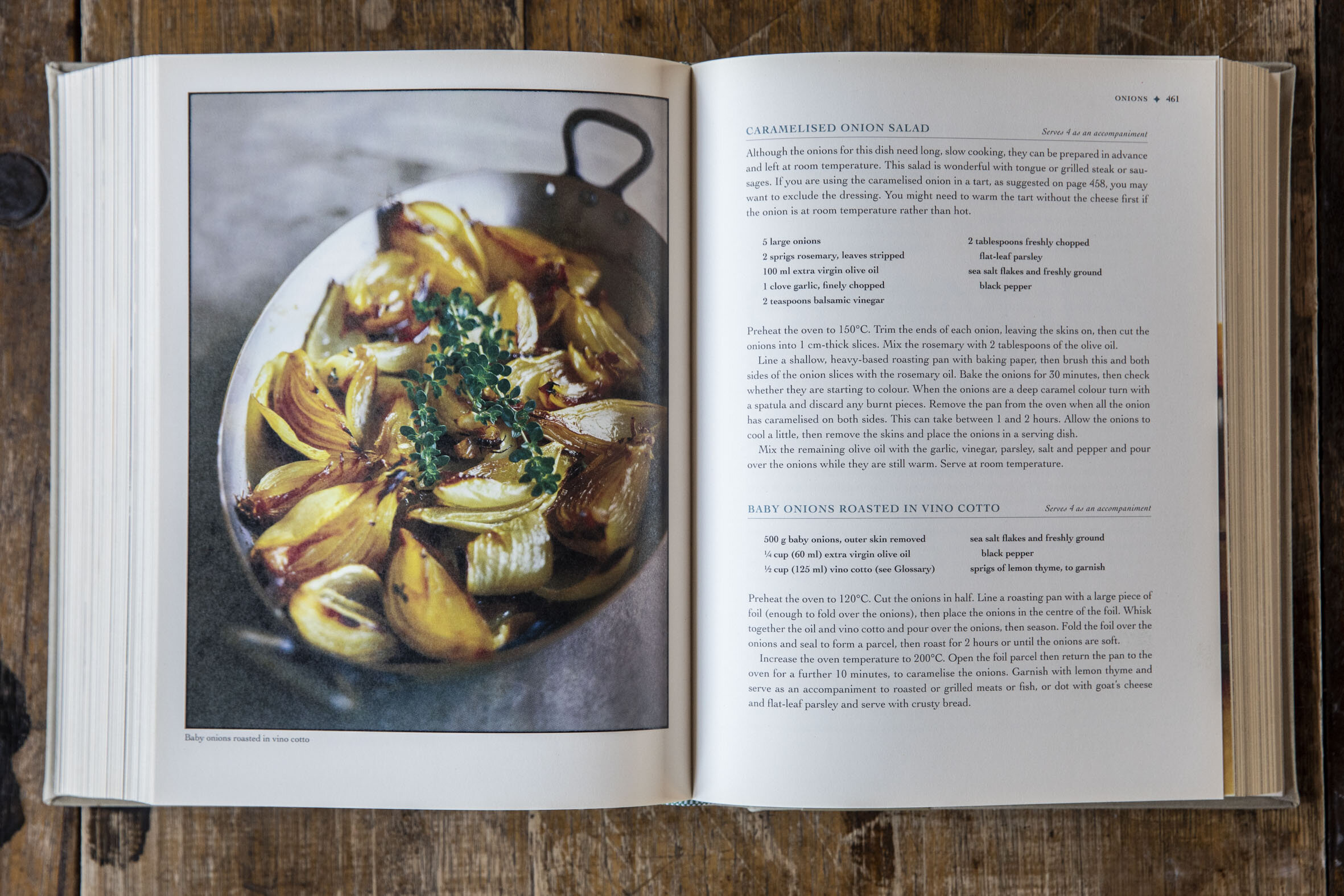
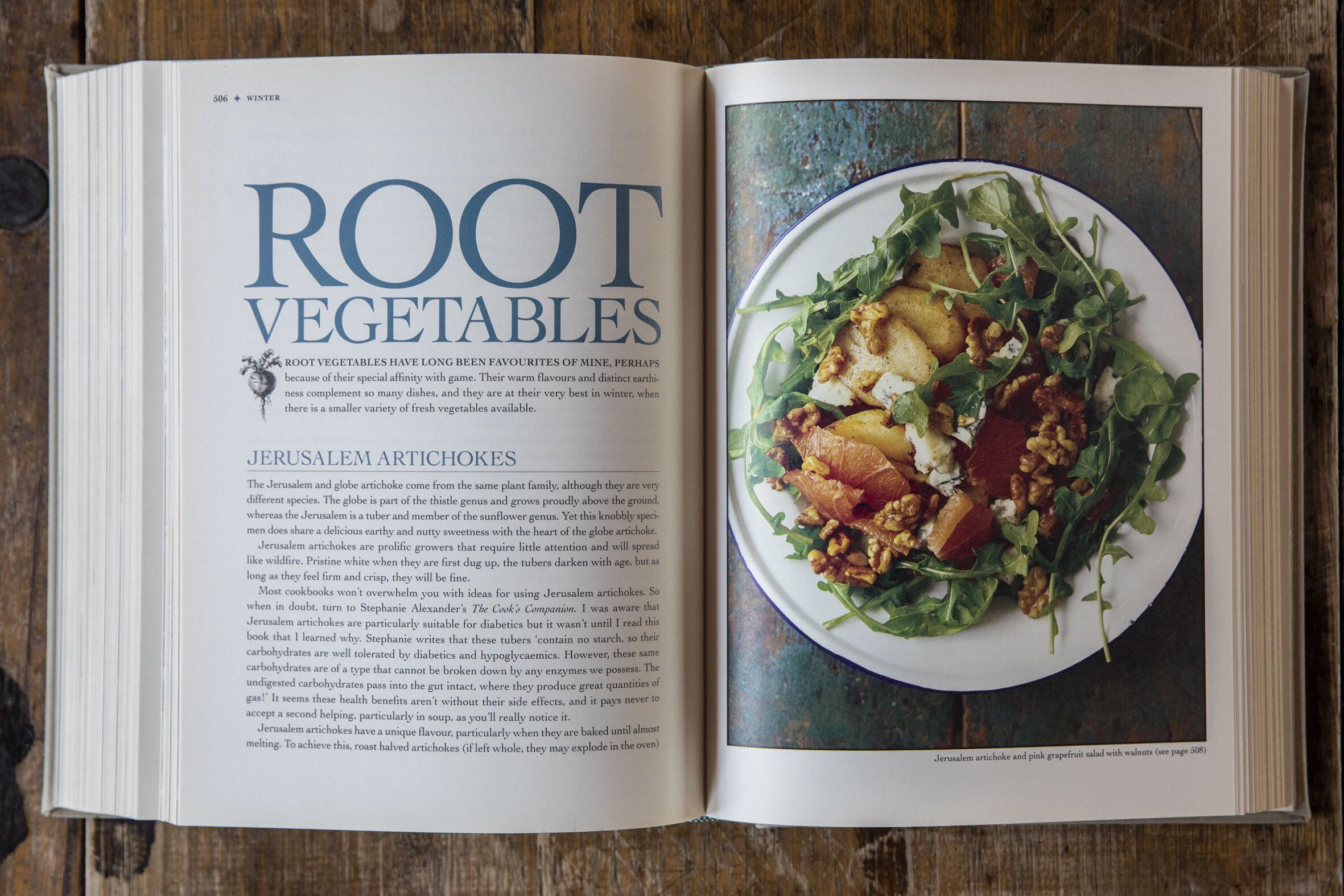
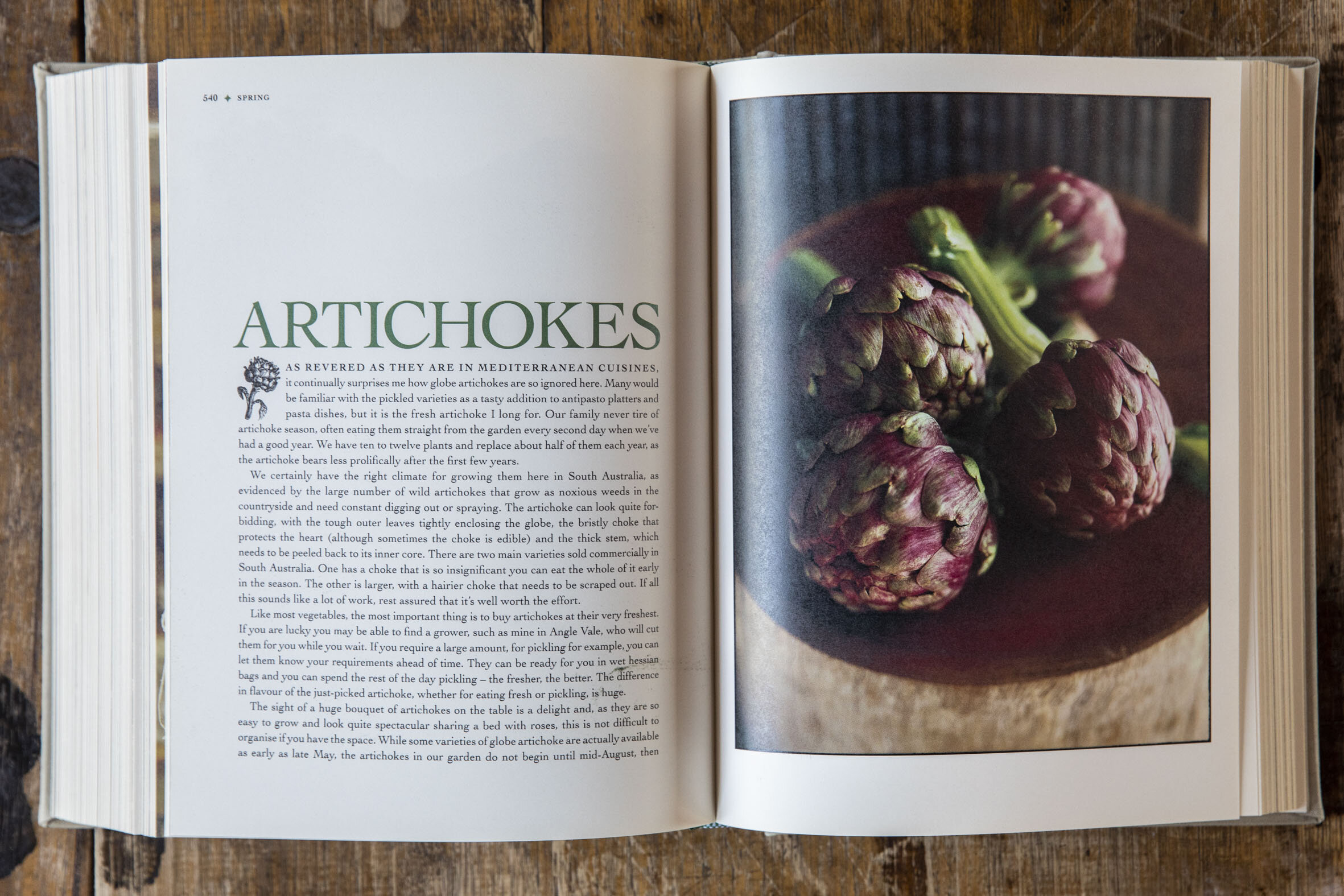
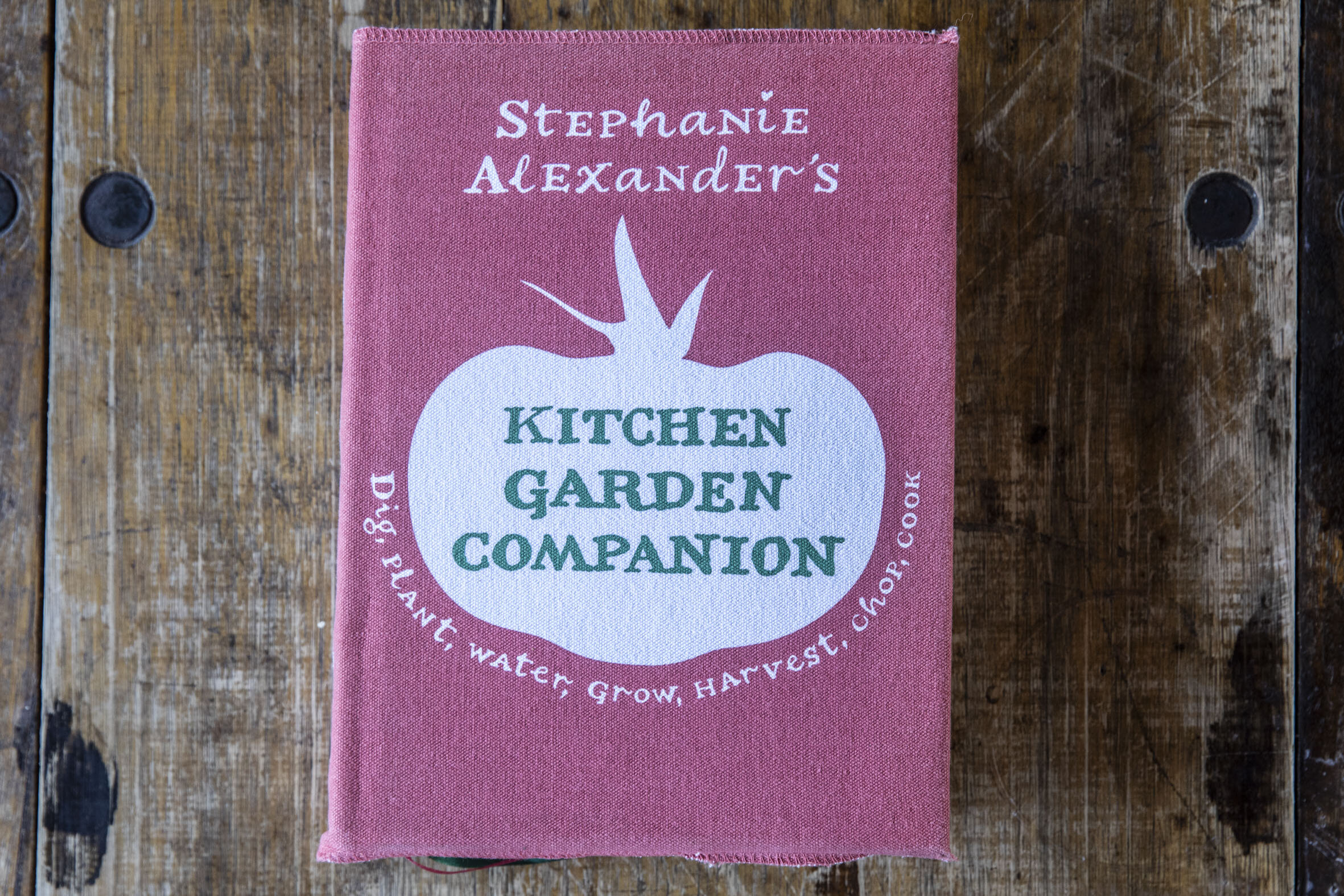
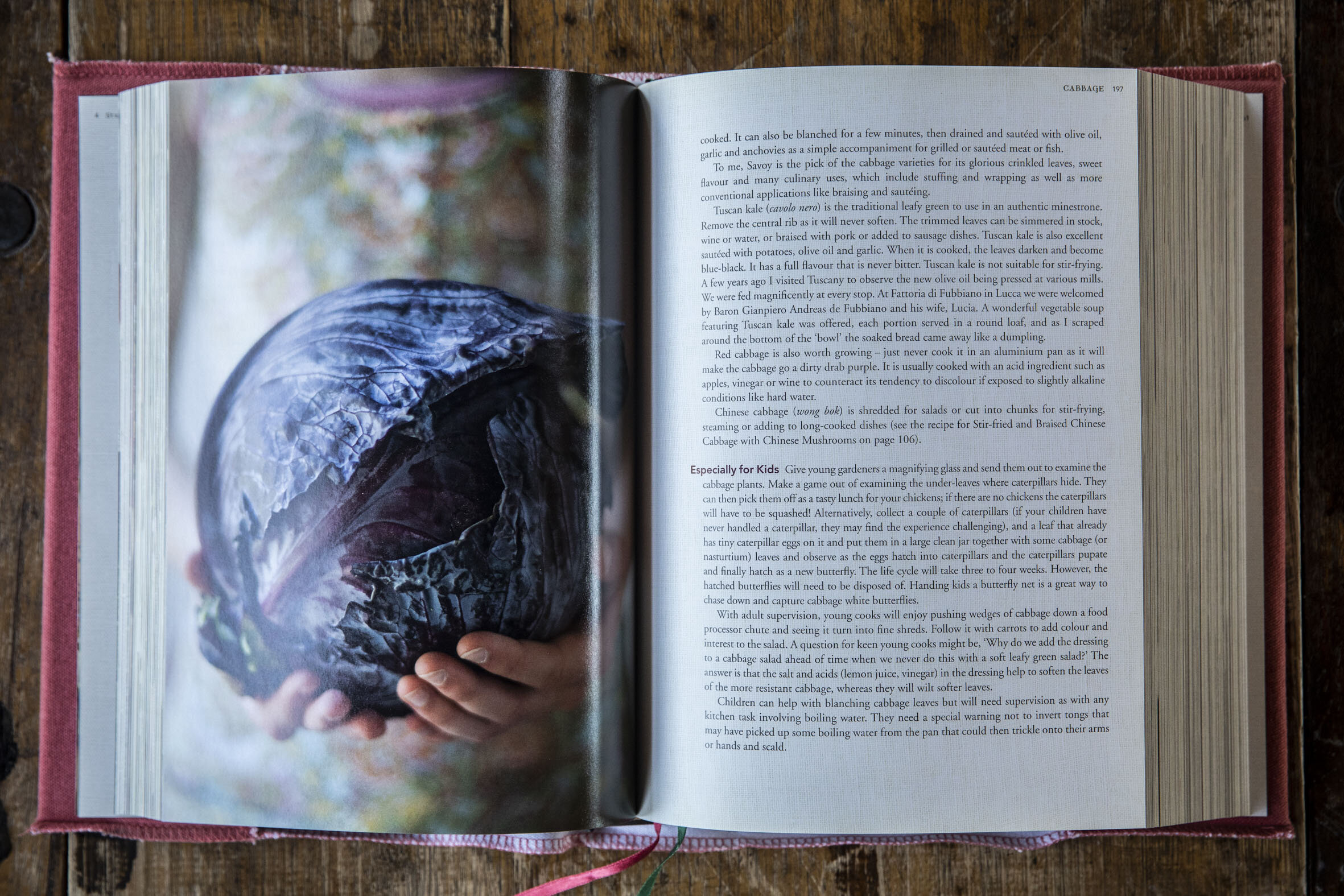
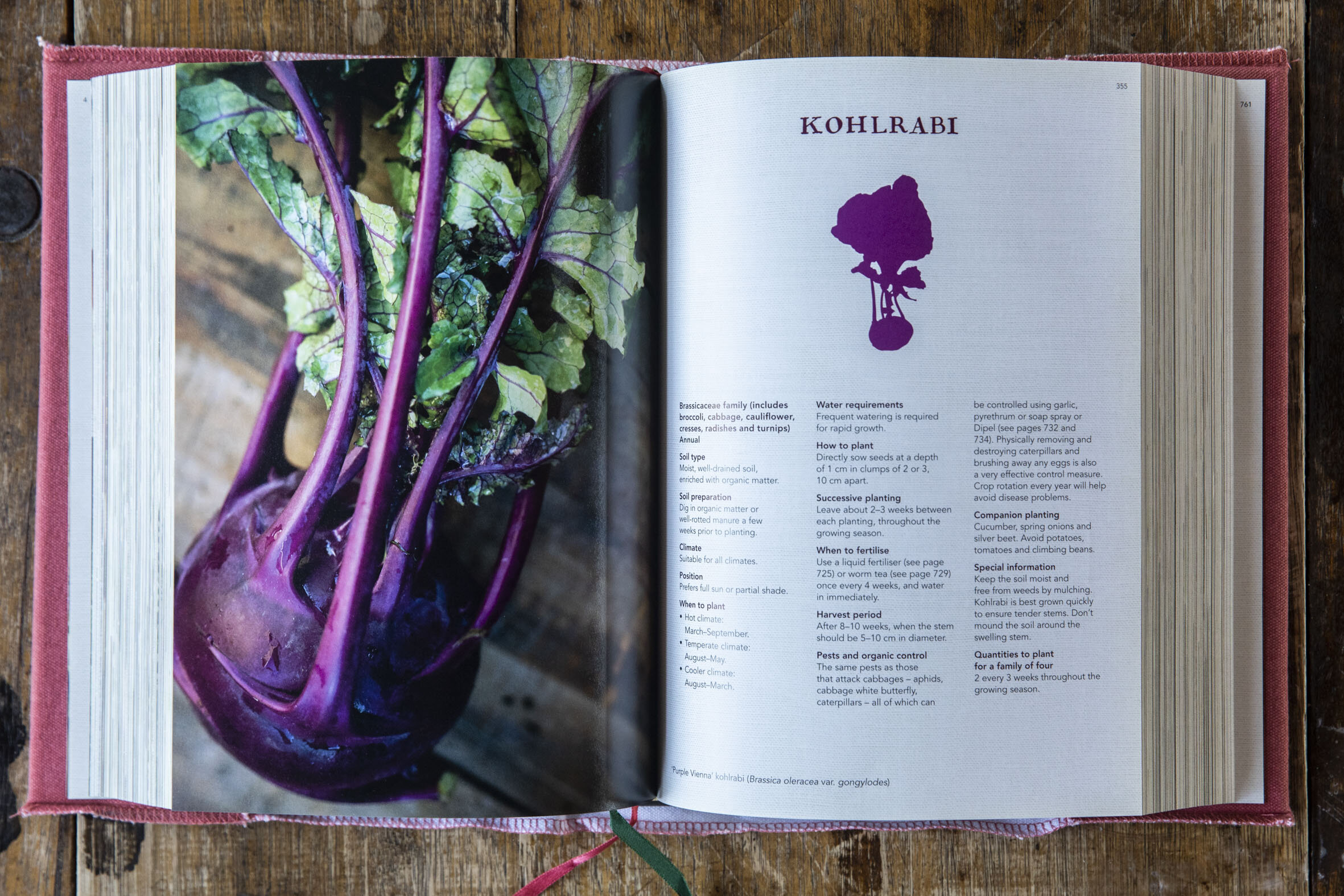
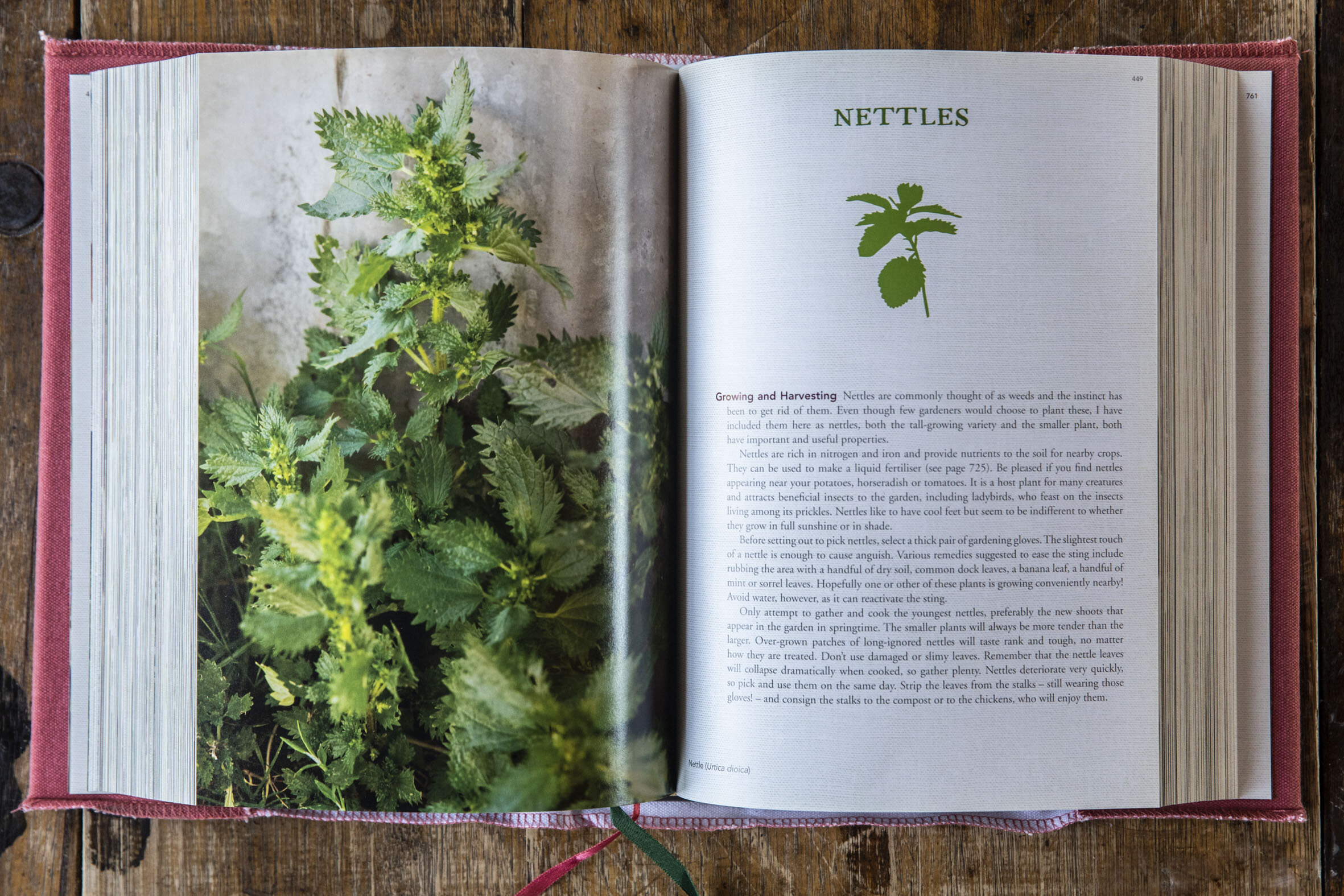
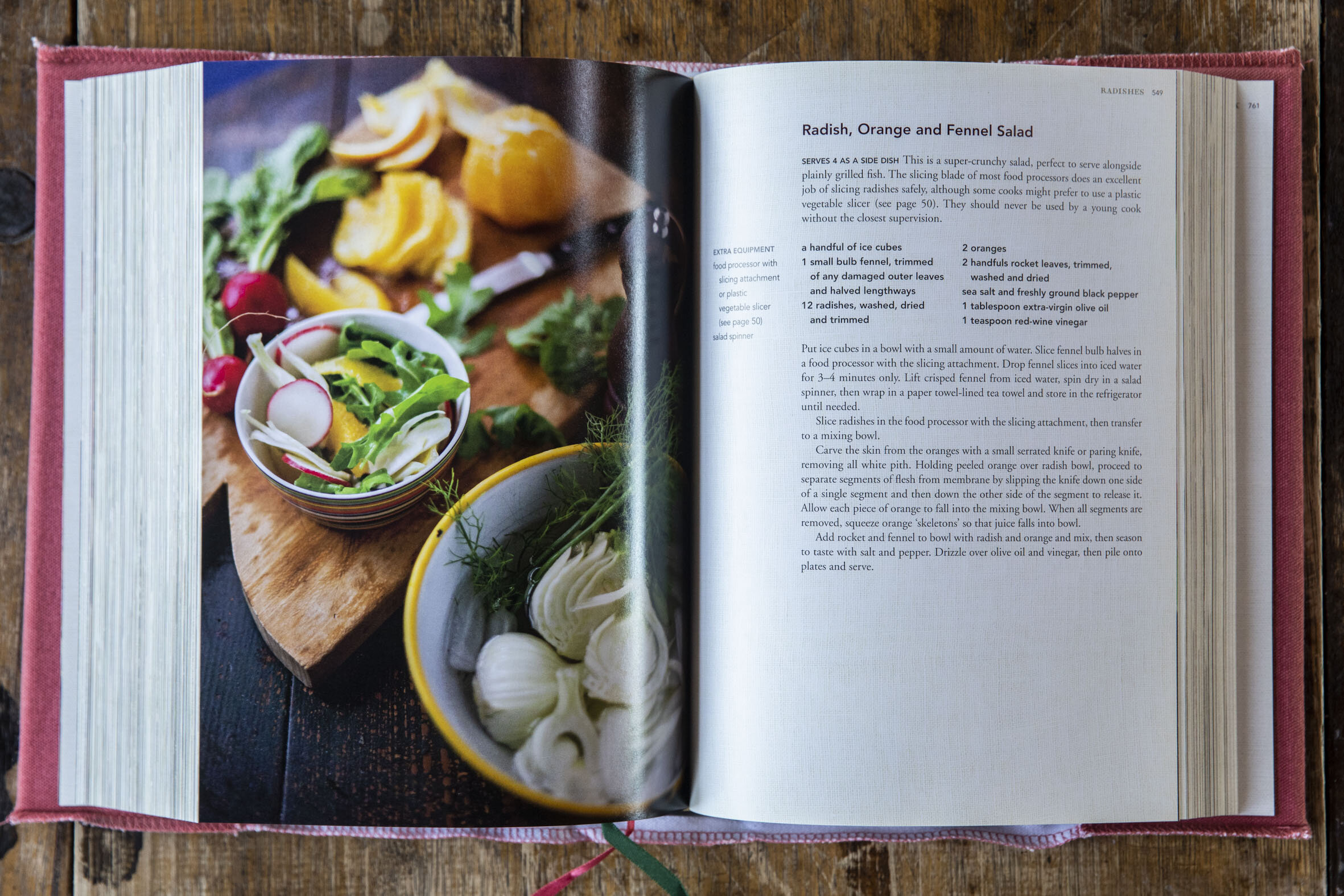
New Kitchen by Karen Martini Published by Pan MacMillan Photographed by Mark Chew
Love Italy by Guy Grossi Published by Lantern, Photographed by Mark Chew.
Maggie’s Harvest by Maggie Beer Published by Lantern, Photographed by Mark Chew
Stephanie Alexander’s Kitchen Companion Published by Lantern, Photographed by Mark Chew
and Simon Griffiths.
Some Truths
It’s international Women’s Day this Sunday. So while your listening to Katy Perri sing at the Cricket World Cup final or searching your local supermarket for a roll of toilet paper or wondering why we really deserve a day off for “Labour Day” ….. it’s worth remembering a few absolute truths in a post truth world.
Gender inequality is a major cause and effect of hunger and poverty: it is estimated that 60 percent of chronically hungry people are women and girls.
Women make up more than two-thirds of the world's 796 million illiterate people.
Every additional year of primary school increases girls' eventual wages by 10-20 percent. It also encourages them to marry later and have fewer children, and leaves them less vulnerable to violence.
Less than 20 percent of the world's landholders are women. Women represent fewer than 5 percent of all agricultural landholders in North Africa and West Asia, while in sub-Saharan Africa they make up an average of 15 percent.
In developing countries, a half-kilometre increase in the distance to school will decrease girls' enrolment by 20 percent.
In sub-Saharan Africa women work approximately 15 hours more than men per week.
Women in sub-Saharan Africa collectively spend about 40 billion hours a year collecting water. This significantly impacts their employment opportunities.
When more income is put into the hands of women, child nutrition, health and education improves.
Its more than #metoo
Images from the Exhibition “The Most Authentic Real Black African Story” FortyFiveDownstairs Gallery, 45 Flinders Lane, Victoria, Australia from 2nd-13th June 2020
"The Most Authentic Real Black Africanest Story."
In times when galleries exhibit things like “generative art” and the critics comment nonsensically (‘I find this work menacing because of the way the reductive quality of the purity of line visually and conceptually activates the larger carcass”). …. It seems a little retrograde to put on an exhibition of simply framed rectangular black and white photographs hung in straight lines on four walls. But that’s what I’m planning to do.
Last year a spent a month in East Africa photographing stories from megalithic urban slums of Nairobi and the refugee camp on Kenya’s boarder with South Sudan where 250,000 refugees live their lives in a vacuum of hope.
On 2nd June 2020 about fifty of these images will be exhibited at FortyFiveDownstairs Gallery, Flinders Lane, for two weeks. Selecting the final images is a torturous job. Choosing between hope and desperation, beauty and honesty and always trying to tell a faithful story with the full suite of work.
(The title is a quote by Binyavanga Wainaina. He was a short story writer, essayist, who founded Kwani?, a leading African literary magazine based in Kenya, and contributed to Vanity Fair, National Geographic, Harper's, Granta, the Sunday Times, and the New York Times.)
Weddings
Wedding Photography generally gets a bad rap amongst serious photographers. And often rightly so. The formulaic nature of the day can lead to visual cliché after cliché. So, when a family whom I deeply respect asked me to record their special day, my reaction was mixed.
Firstly, I thought that I wasn’t the right person for the job…. I’ve probably only recorded three or four weddings over 35 years of professional photography. I don’t really know how it works…I wasn’t confident that I could give the family what they wanted. And then I thought…..I don’t have to treat it as a wedding…. I’ll treat it as any other interesting documentary assignment. I’ll record what happens, without judgement, with as little interference as possible, and with a metaphorical smile on my face.
Some of the results of this approach are below. I had a lot of fun. The day was a genuinely heartfelt occasion. I felt lucky to be involved. From now on (if I ever get another chance!) I will be approaching wedding photography with a little less cynicism.
Turkana Women.
A clear boundary is not drawn between the sacred and the profane in Turkana society. In this regard, Turkana traditional religion is undifferentiated from Turkana social structure or epistemological reality—the religion and the culture are one.
Kakuma
In 1995 refugees from the wars in Southern Sudan began to flow over the Kenyan boarder into the province of Turkana. When South Sudan gained independence in 2011 there were hopes that the flow would cease, and these displaced people might soon be able to return home. The reality was the opposite. The worst human rights abuses on the planet escalated, and by the end of this year the population of the Camps at Kakuma will reach nearly 200,000.
If you have a strong stomach you can read in this Guardian article about why they have left their homes and travelled for months on foot across a dangerous, arid landscape to come here.
So, 25 years after the first arrivals, the old part of Kakuma Refugee camp resembles many other bustling shanty towns across East Africa. The UN now provides free housing not in the “Camp” but in the newly built “Settlements”. Every day new arrivals are allocated a simple brick house and a water tank. Fourteen houses are grouped into compounds around a solitary water tap. Each family receives a monthly food allowance, (70% cereals, 30% credit at local shops to buy fresh produce) a locally made charcoal stove, very basic education and the paperwork that officially gives them refugee status. They are not allowed to work, and they must not travel outside the immediate vicinity of Kakuma Town. Nobody wants to talk about how all this will end. There isn’t a solution, just a system for keeping people alive.
Uko Fiti
Florence lives in the bad part of Mukuru. The good part, across the other side of the Ngong River, has the usual problems of urban slums on every continent. Overcrowding, sexual abuse, non-existent sewerage, criminal violence, tuberculosis, malnourishment and HIV infection. The bad part known as Viwandani, has all these issues and one more. If it rains for a couple of days in a row, a thin slurry rises from the ground and flows over the doorsteps of the residents and into their 3m x3m corrugated iron homes. The slurry has a shiny, bubbly green-blue film and is partly human sewage, partly chemical waste, and partly just mud from the swamp on which this part of Mukuru is built.
Florence has just finished emptying her home of the latest inflow with a bucket and a rag. She is a striking woman with a shock of hair flying back off her high forehead and an elegant angular face. She lives here in the slum with her three children, a baby girl and older twins. (twins are rare in Mukuru as they often don’t survive infancy, let alone childbirth.) There is no mention of a husband. She looks into the camera with an unexpected confidence. I suppose she has nothing left to hide.
The air is filled with the smell of faeces, burning plastic and the sound of booming Kenyan reggae from the next-door home, but still she pays 15000 Kenyan Shillings (about $21 AUD) a month rent for her nine square meters of dirt. It’s not really clear where this money goes but it’s certainly not to a official agency . If you’re two days late with your rent, your possessions, meagre though they are, will be carted off and sold and fresh lock put on the door until the shack is re-rented. That doesn’t take long as there is always a waiting list.
1n the 1960’s Mukuru (meaning “Valley” in Kikuyu) was unoccupied land adjacent to four huge quarries. The two hundred acres were home to wild animals until the quarry workers began to erect tin huts on the vacant ground and start small subsistence farms and so the slum was born. Nowadays, it stretches along the Ngong River wedged between an industrial area, the Airport Road and Mombasa Road. It’s not the biggest slum in Nairobi. Kibera, less than 10kms away almost proudly, claims to be “The Biggest Slum in Africa”. And with that notoriety comes a level of global awareness and media coverage that Mukuru with only around 300,000 residents will never see.
The muddy road through the slum to The Ruben Centre has no obvious name. It’s deeply potholed and lined by wooden stalls selling new hairstyles, prepaid mobile deals, mandazi (a simple fried bread) and short-term sexual satisfaction for the young men of Mukuru. Rusty heavy iron gates, topped with spikes are hand painted with the words “Ruben Centre, Empowering the Mukuru Community”, and a additional A4 laminated sign saying, “Maternity Clinic Open”. There is a small pedestrian gate to the side and in and out flow a constant stream of mothers with babies tightly strapped to their backs using a rectangular piece of woven cloth called a Kanga. Once inside the centre the overbearing tension of the slum outside dissipates and is replaced by an atmosphere of purposeful activity.
The Ruben Centre is a school, (approximately 2700 students) a medical centre, a Maternity Clinic, (1000 births a year) a sustainable urban gardening program, a vocational training centre, (weaving, computer skills, tailoring) a special needs centre, a family planning clinic, an HIV clinic, a child care facility, a 24 hour radio station and a solitary beacon of hope for the residents of the slum.
But this list doesn’t begin to explain the value of the thousands of everyday human interactions between the people that pass through its doors each day.
On a long bench outside the maternity clinic mothers sit nervously cradling their babies waiting to be called in for their three-monthly check-ups. They smile at the mzungu with the camera and are happy to be photographed. Once inside the calm and efficient staff carefully record measurements of weight, height and arm circumference providing peace of mind for the healthy ones and advice and treatment for those who need nutritional or medical help.
A hundred meters away on a patch of red dirt that is the school playground, around 100 boys and girls play eight soccer matches concurrently. The imaginary pitches intersect and right angles creating a sporting chaos only intelligible to the participants. The balls are often made of bundles of rags which begin to disintegrate as the game goes on trailing streamers of cloth through the dust. Players often remove the shoe from their kicking foot to avoid damage to a precious item of clothing and presumably the wrath of their mothers when they get home.
In a classroom above the playground, 60 primary school boys and girls are wedged shoulder to shoulder into benches attached to rickety desks. The dust is thick on the floor and the posters are peeling off the wall, but they listen intently as a young female teacher explains the UN convention on the rights of the child…… “The Right to Clean Water, Electrical Power and a Safe Environment”……“The Right to be Protected from Abuse and Neglect”….. “The Right to Dignity and Freedom…… “The Right to a Quality Education”. They seem to understand and are completely engaged by the lesson, but this is so far removed from their reality that I wonder if it seems like a dream.
At lunch time each child places an empty plastic bowl on the dusty floor at the foot of the teacher’s desk at the front of the classroom. Two students carry a steaming 40 litre bucket of githeri, a bland mixture of corn and red beans, up three flights of stairs from the kitchen. Meat of any description is not an option. Not for western reason of conscience, religion or perceived health benefits, but because it costs too much. The teacher carefully shares the soup between the 60 bowls and suddenly there is as stampede as the children run to grab their bowls. Unsurprisingly, given the guarantee of full stomach at lunchtime attendance records are high.
Later on that afternoon, a group of students stand around a tall Muslim man in a kofia called Musa Juma. He is a local expert on urban gardens and his plot at Ruben is a green oasis within the brown oasis of the centre. Here he teaches the children small scale sustainable urban farming. They love it! Running back and forward with buckets from open tanks, watering the plants, collecting eggs, feeding rabbits and fish. But today Musa is standing in his garden holding up a papaya like a jewel. The children stare with wide eyes as he segments the fruit with a large knife called a panga. It’s the first papaya harvested and a new experience for the students. He carefully hands round a segment on the end of his panga to each of the group. They taste….and smile. A simple shared pleasure in a place where pleasure is rare.
Florence’s twins attend the school. It’s not perfect. It’s dirty and noisy and sometimes out of control. The curriculum occasionally seems ridiculous and the toilets stink. But amid the desperation that is her life in the slum, she must take some comfort in knowing that they get a decent meal each lunchtime and the small distant hope that the education her children receive at the Ruben Centre could provide a way out of Mukuru one day.
The Ruben Centre receives substantial funding from The Edmund Rice Foundation Australia
www.erf.org.au www.rubencentre.org
Kibera, Women and Change.
On the edge of the megalithic slum that is Kibera, a small organisation operates two very specific programs to attempt change in what must be one of the hardest places on earth to eke out a meaningful life. The first offers education funding to 100 clever, but severely disadvantaged children from the slum, that will take them through secondary school and university if they continue to work hard. The second initiative funds around 50 women to start very small businesses. It’s micro-finance at its most basic. All the women are unsupported by partners and many are HIV positive. With encouragement, advice and very small amounts of cash, most have gone on to create a steady income, allowing them to pay for education, healthcare, and good nutrition for their often extensive families.
By providing these services they have nailed two of the most basic tenets of aid provision.
Education…then education…then more education.
Get the money into a woman’s hands.
The organisation is called “Mirror of Hope” and it receives funding from the Edmund Rice Foundation here in Australia. https://erf.org.au
"Liberating Lives Through Education....."
I’ve always wanted the chance to take photographs that make a difference, not just to a company’s bottom line, or to sell more widgets, or enhance a personal profile, but to change the lives of a few people who desperately need an opportunity. The Edmund Rice Foundation has given me that chance by appreciating the value of good imagery, and then using it extensively to promote, fundraise and increase awareness for the 29 programs they run in 10 different countries. Seeing first hand the work they support in Kenya, PNG, East Timor and the Philippines has been a privilege.
Next month I’m going back to East Africa to photograph for ERFA, to Uganda, Tanzania and the Turkana Province of Kenya, up on the Sudanese boarder where Kakuma refugee camp hosts around 185,000 people, mostly refugees from the civil war in South Sudan https://en.wikipedia.org/wiki/Kakuma
Isolation
‘Man's greatest actions are performed in minor struggles. Life, misfortune, isolation, abandonment and poverty are battlefields which have their heroes - obscure heroes who are at times greater than illustrious heroes.’ Victor Hugo
Sculpture at Elgee Park
It’s a strange business photographing sculpture; to constantly remind yourself that you are there to record authentically, not interpret and certainly not attempt to enhance. The light, the environment, the weather and the seasons are your only tools. If a reader leafs through the book and thinks only of the sculptures and never the imagery then the photographer has been successful. The Third Edition of “Sculpture at Elgee Park” has just been published. It’s been a privilege to record and admire this incredible collection over the sixteen years since the first publication in 2004.
